For press inquiries, access, and appointments with the curatorial team, send an email to pers@iabr.nl.
Presskit
Nature of Hope
In the context of the climate crisis and the depletion of natural resources, architecture is searching for an answer to the question of how to build with respect for our natural environment. Nature of Hope focuses on how spatial design can contribute to the preservation of nature and biodiversity, the restoration of ecological balance, and social improvement. Examples of this can be found all over the world, offering promising new ways of thinking and doing in architecture.
From 29 June to 13 October, the IABR will host Nature of Hope, presenting promising trends to both the interested general public and professionals in the field of landscape design, architecture and urbanism. The exhibition will feature forward-looking examples from design practices ranging from successful local initiatives and innovative constructions to ecological working methods and materials. Nature of Hope presents the ingredients for transforming the existing architectural system into one that is guided by the natural ecosystem.
The curator team of Nature of Hope, led by Saskia van Stein (director IABR), consists of Janna Bystrykh (architect and researcher), Catherine Koekoek (architect-researcher and philosopher), Alina Paias (spatial designer and researcher), Hani Salih (researcher and writer) and Noortje Weenink (researcher and writer).
Nature of Hope consists of three main components. In addition to the exhibition in the Nieuwe Instituut it includes an extensive Public Program and a green route through Rotterdam to visit its so-called Botanical Monuments. Images of the three components can be found on the gallery.
Nature of Hope highlighted
NRC: De toren van Extinction Rebellion en andere voorbeelden van ‘wereldverbeterende’ architectuur
NRC: ‘Ik word wakker gebeld, er is lichte paniek over de installatie’
Volkskrant: Rini Biemans maakte het Rotterdamse Park 1943 tot een groen succes: ‘Stop met maaien’
Stirworld: Examining the 'Nature of Hope' amid social, climatic and environmental crises at IABR
Nature of Hope in the press
Archinect: 4 must-see architecture and design events to check out this July
Architectenweb: IABR 2024: naar een duurzamer en rechtvaardiger gebouwde omgeving
de Architect: IABR 2024 toont hoe architectuur kan bijdragen aan natuur en biodiversiteit
Project & Interieur: 11e Internationale Architectuur Biënnale Rotterdam van start
Voedselpark Amsterdam: Voedselpark Amsterdam Belicht op IABR 2024
De Architect: 6 architectonisch verantwoorde zomertips: van OMI tot het Rijksmuseum
De Architect: Een zomer vol met vakanteitips, hoopvolle zomergesprekken en 'Overwerk'
Dezeen: Five outdoor architecture and design events on Dezeen Events Guide
Harm Tilman: Oefeningen in bewustzijn – IABR “Nature of Hope” in Rotterdam
Pinar Balat plant een bos midden in Rotterdam zonder dat iemand erom vraagt
Rodi: Voedselpark Amsterdam op de Internationale Architectuur Biënnale in Rotterdam
Architectuur: IABR werkt samen met Vogelbescherming in kader van biodiversiteit
De Architect: Aric Chen: 'Architectuur is van de politieke agenda gevallen'
Exhibition in the Nieuwe instituut
The main location and venue for the Nature of Hope exhibition is the Nieuwe Instituut, the national museum for architecture, design and digital culture in Rotterdam Museum Park. The more than 50 architectural works on display include a wide range of ideas and approaches from different global contexts. There are spatial designs that work with local and biobased materials and contributions from architecture offices that study policy and legislation and from bottom-up citizen initiatives that collaborate with professional practices in entirely new ways.
Participants exhibition
The IABR has announced the first names of the exhibition participants:
Academic Workshop Soil, Anna Zań, Centro Cooperativista Uruguayo & Stefan Gruber, CHRITH & Emma Diehl, Ekaterina Volkova & Julien Thomas, HouseEurope!, Inside Outside, Kiel Moe, la-di-da, Material Cultures, meta office, MOULD, public works, Ruinorama and Semillas.
After Comfort Collective (Thomas Auer, Nick Axel, Daniel A. Barber, Nikolaus Hirsch, Jeannette Kuo & Ola Uduku), [Applied] Foreign Affairs, Alexandra Arènes, BC Materials, Bureau SLA, Dérive, Extinction Rebellion UK (Morgan Throwland & Julian Maynard Smith), Husos Arquitecturas, Isa Defesche, János Chialá, Mihnae Tanasescu, Laura Ajola, Karin Reisinger, Pernilla Fagerlönn, Lis-Mari Gurák Hjortfors & Karina Jarrett, Niek Hendrix, ONE Architecture, Open Systems Lab, APLO, Platform Woonopgave, RE-ST and Worofila.
Alex Putzer and Katja Schechtner, Barend Koolhaas, Alex Putzer in collaboration with Eco Jurisprudence Monitor, Barend Koolhaas, Charlotte van der Woude, Clemens Driessen, DS landscape architects a.o., Forensic Architecture, Jane Mah Hutton, GRANDEZA STUDIO & LOCUMENT, Keller Easterling, Lola Zoido, Matthew Gandy, Nerea Calvillo & RECLAIM Urban GBI International Photography Competition, Phineas Harper, Rosetta S. Elkin & Phoebe Lickwar, Ricardo Avella, Rural Studio, Studio Bark, Studio Ester van de Wiel & Studio Joost Adriaanse, Terremoto, Théo Demans & Clemence Seilles and The Architecture Lobby.
Aki Inomata, Business Architecture by ARCH+ & Station+, Cesar Majorana, Cream-on-Chrome, raumlabor (small r), De Onkruidenier, De Warren, Bajesdorp & de Nieuwe Meent, Daphina Misiedjan, IABR Transitie-Atelier "A16 Rotterdam" (West 8, H+N+S; ateliermeester Iris Wijn), IABR Transitie-Atelier "Jeux des Joules” (Bright, OFFICE KGDVS, Studio Chris Kabel, ateliermeester Peter Veenstra), Lesia Topolnyk, LOLA Landscape Architects, Jaap Korteweg, P2, Boeren & Wonen, Marinke Steenhuis, Nolan Oswald Dennis, Rosi Braidotti, Studio ACTE, William Myers, Voedselpark Amsterdam & Lutkemeerpolder.
Public Program
The Biennale includes an extensive public program with various events, symposia, guided tours, field trips, lectures, and workshops as well as the so-called ‘Practice Place’: seven events in which (landscape) architects, urban designers, and others are invited to engage in conversation and forge new alliances for the renewal of the field of architecture. The full public program will soon be available on the Biennale website.
Botanical Monuments – Green route through Rotterdam
‘Botanical Monuments’ consists of a route along about 20 local initiatives in Rotterdam’s green public spaces, including a botanical garden, a food forest, and a swamp. Normally these might go unnoticed, but they represent interesting networks and nature-connected gardening practices that are of great importance for biodiversity. By adding these networks to Nature of Hope, the IABR hopes not only to actively contribute to the awareness that such important initiatives exist and that everyone can contribute, but also that more will emerge over time. The IABR also supports research into existing master plans to realize more such projects.
About the International Architecture Biennale Rotterdam (IABR)
The IABR encourages research by design in the disciplines of architecture, landscape architecture and urbanism. Every two years, the IABR presents a comprehensive, cultural public program that celebrates the imagination of architecture in designing for the humanitarian, spatial, economic, and social consequences of a changing climate.
IABR hashtags for use on social media
#IABR #IABRNatureofHope #IABR11 #architecturebiennalenatureofhope #architecturebiennalerotterdam
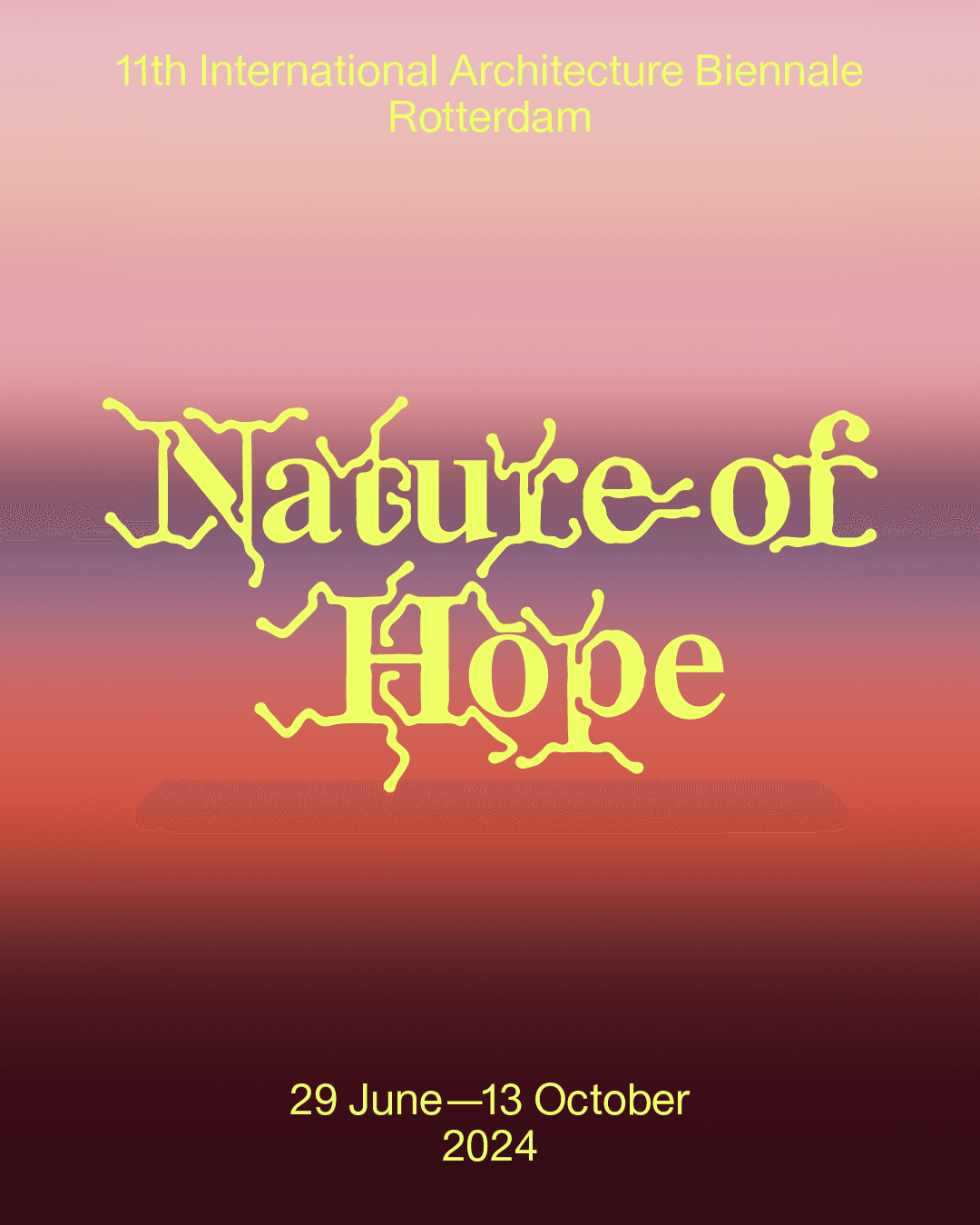
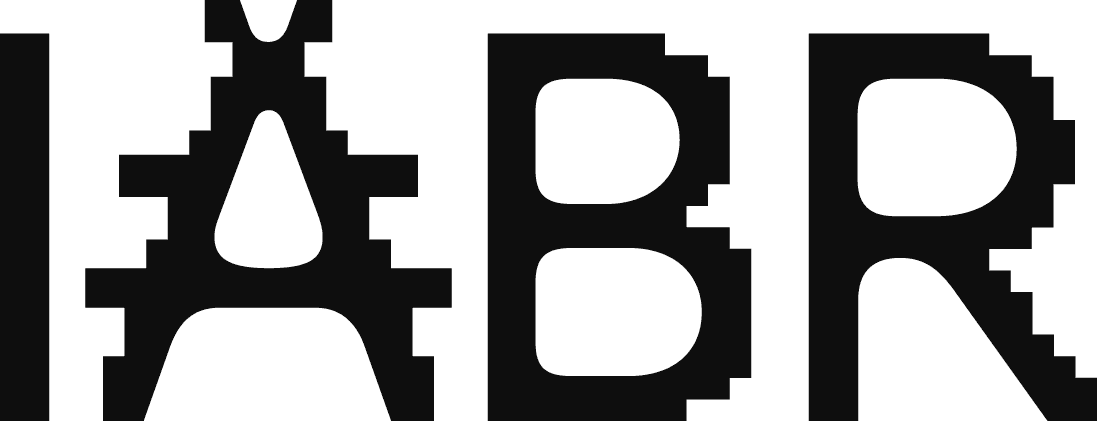
IABR Logo Nature of Hope. Image: Studio Le Roy Cleeremans

Nature of Hope poster. Image: Studio Le Roy Cleeremans
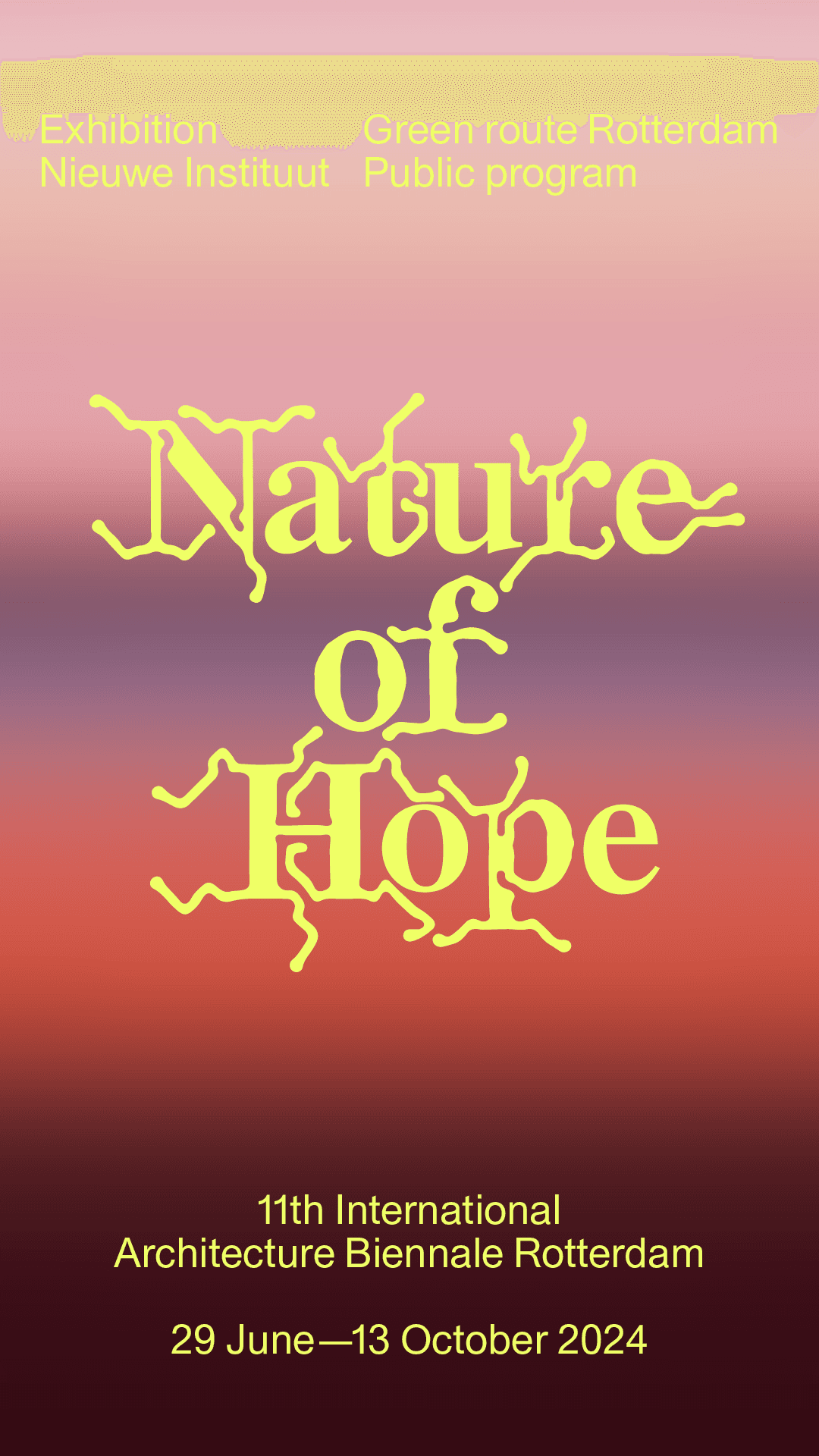
Nature of Hope poster. Image: Studio Le Roy Cleeremans

Nature of Hope poster. Image: Studio Le Roy Cleeremans
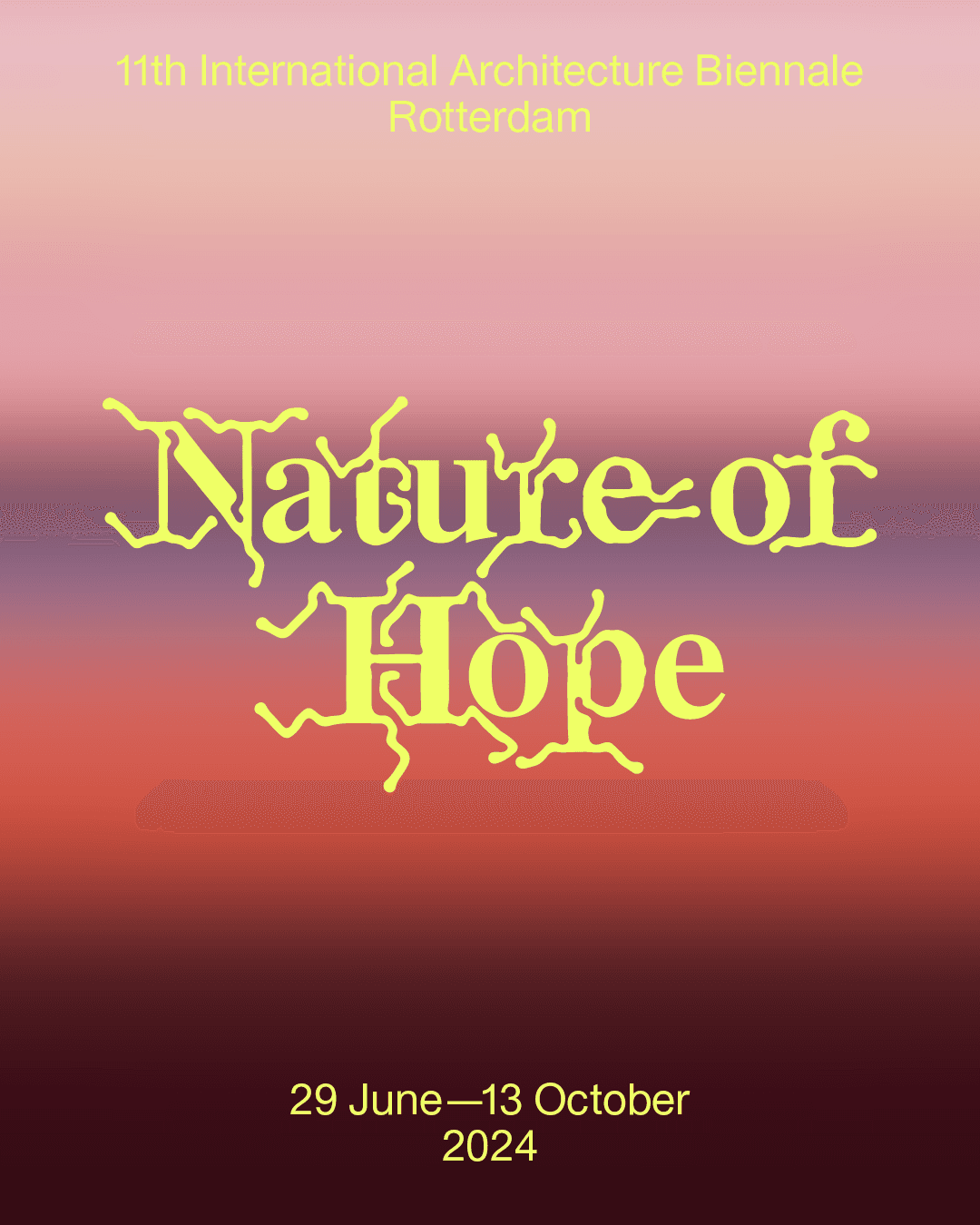
Nature of Hope poster. Image: Studio Le Roy Cleeremans

Nature of Hope poster. Image: Studio Le Roy Cleeremans

Image: Le Roy Cleeremans
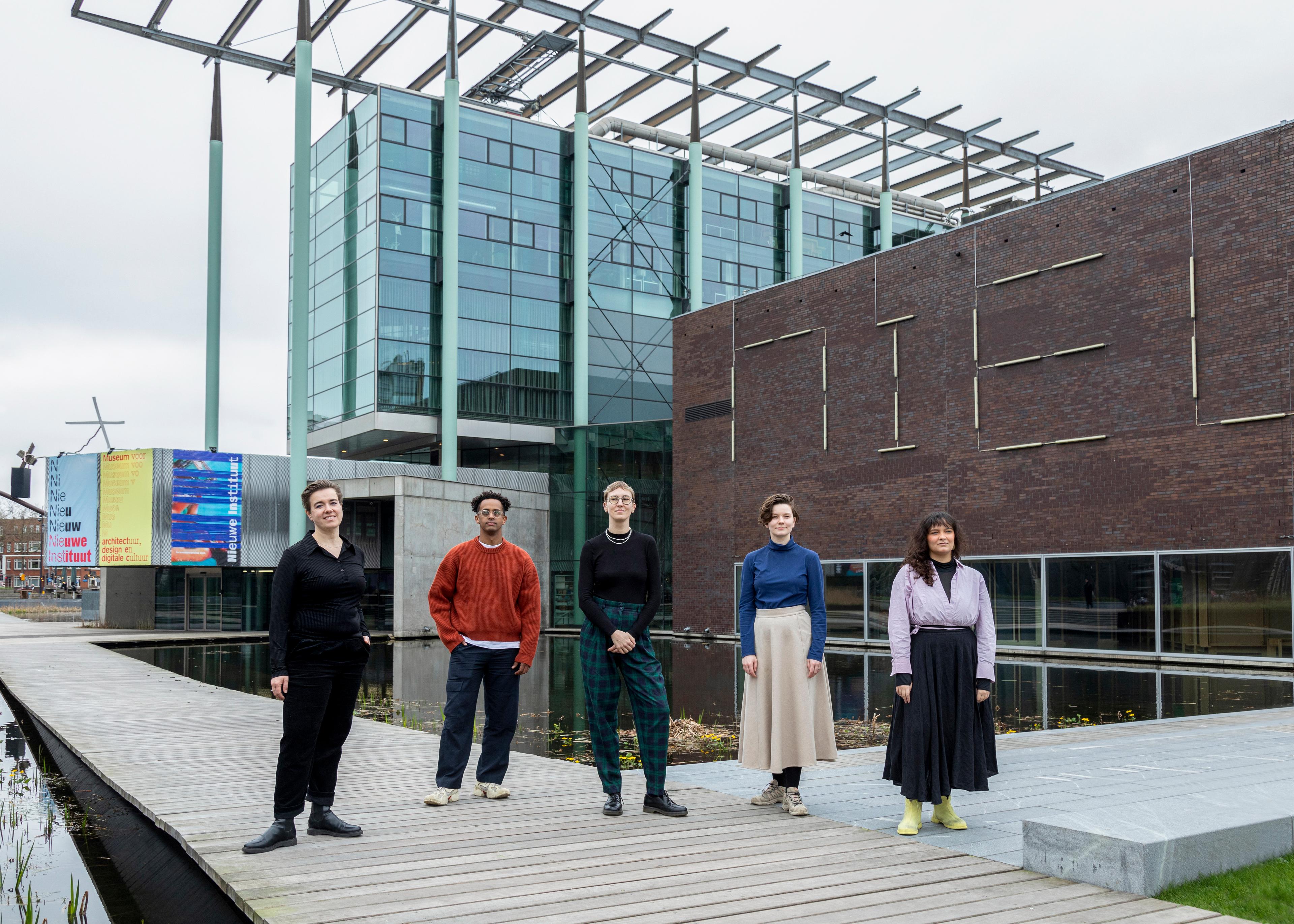
Janna Bystrykh, Hani Salih, Noortje Weenink, Catherine Koekoek. Alina Paias. Photo: Sabine van der Vooren
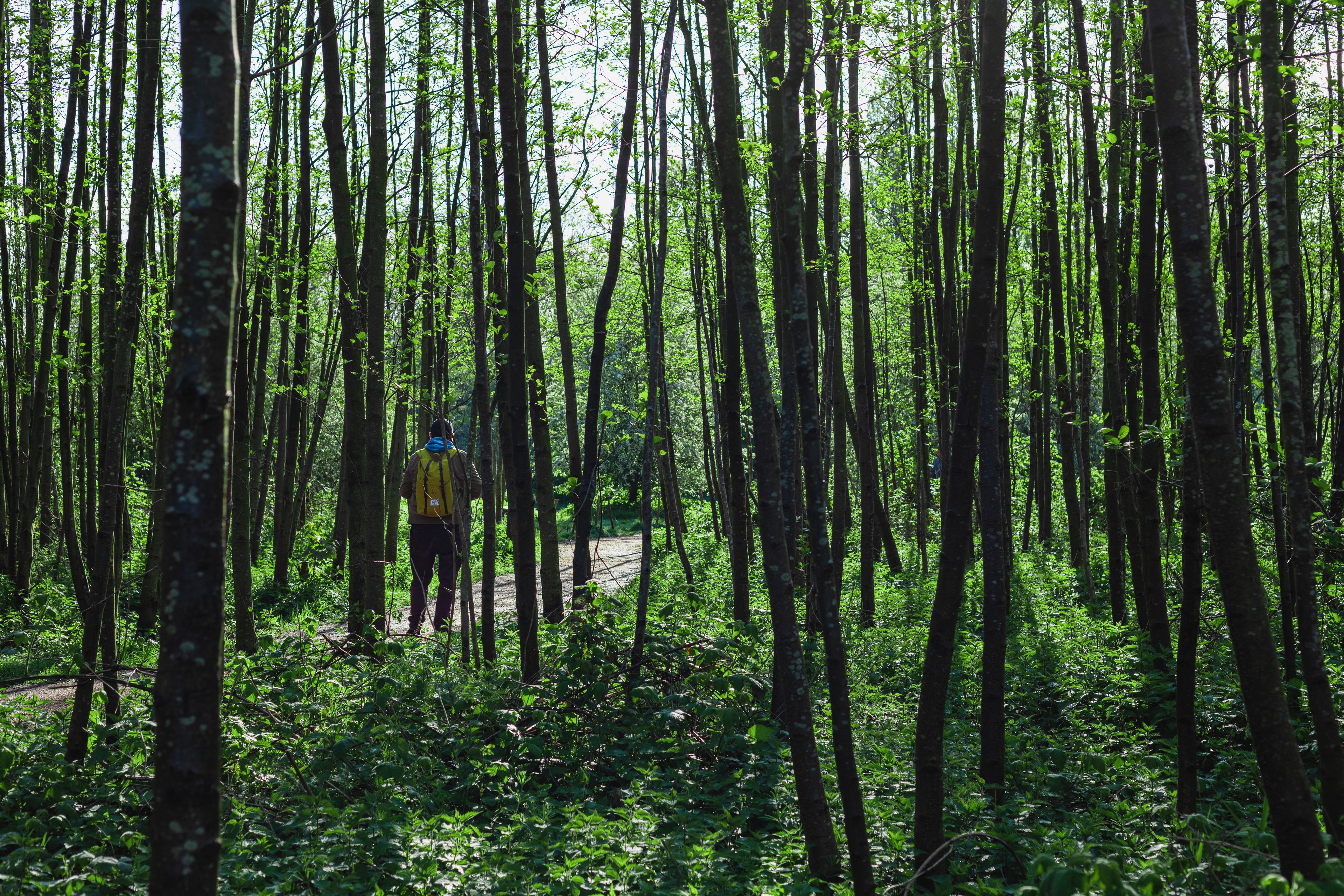
Essenburgpark. Photo: Sabine van der Vooren
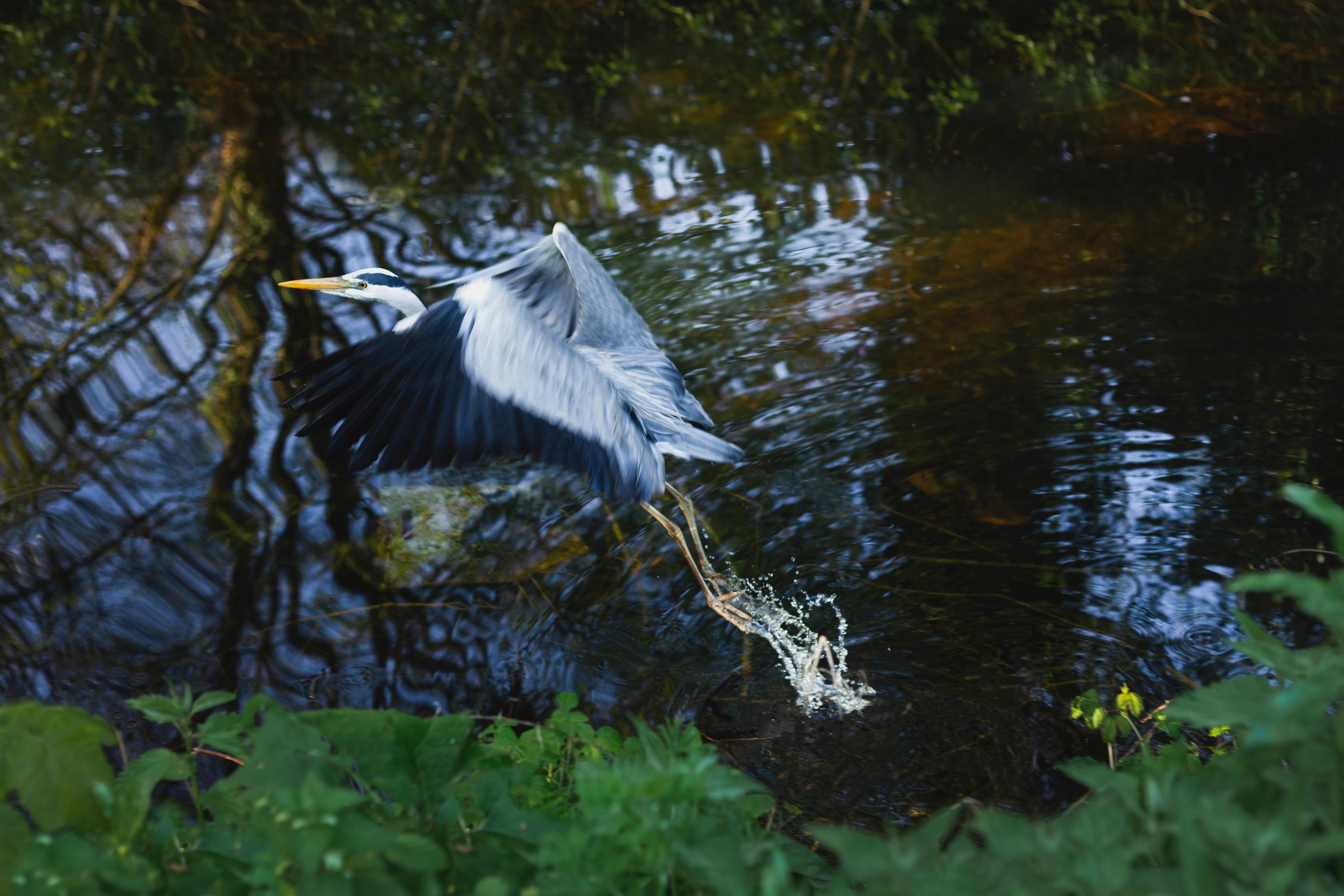
Essenburgpark. Photo: Sabine van der Vooren
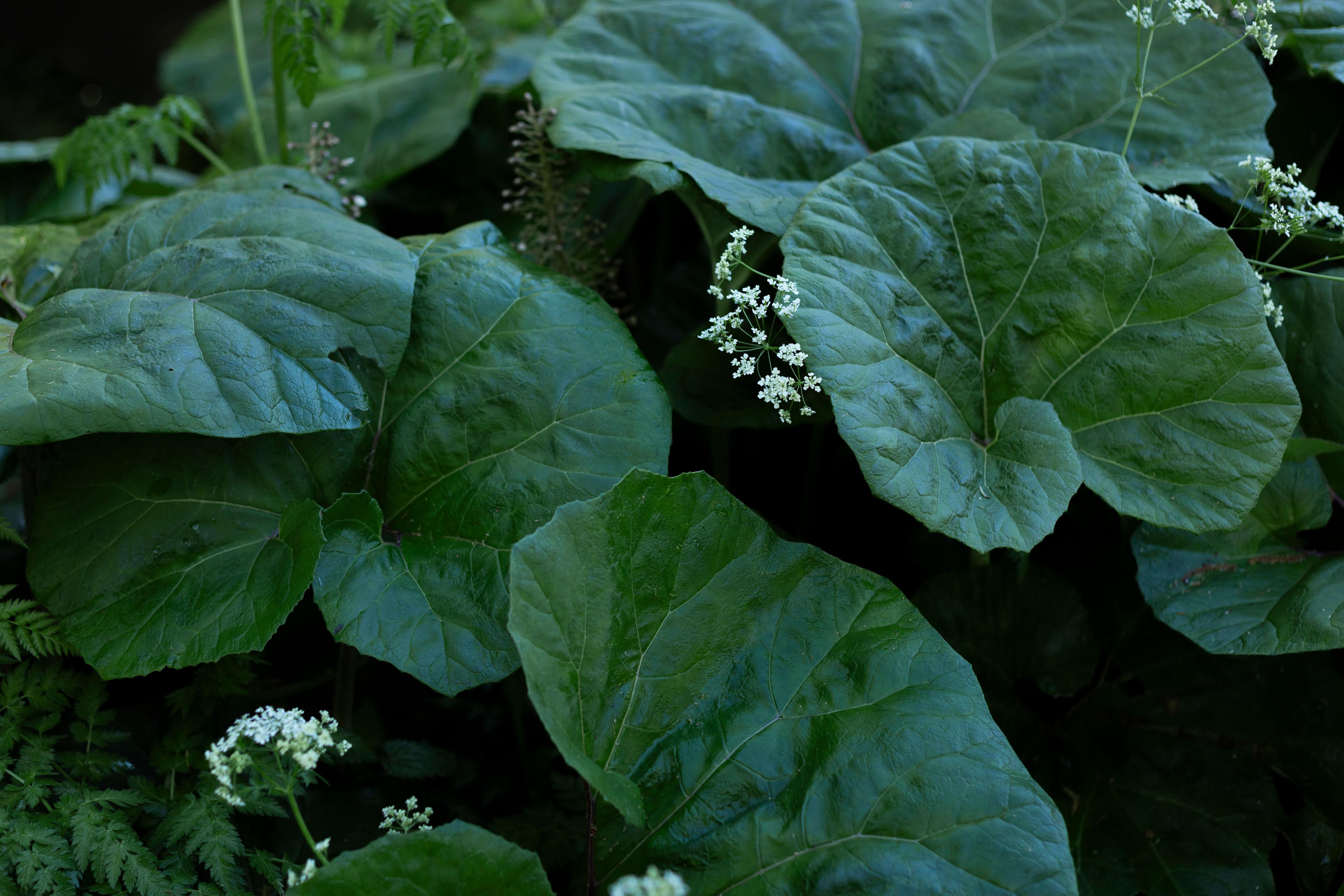
Essenburgpark. Photo: Sabine van der Vooren
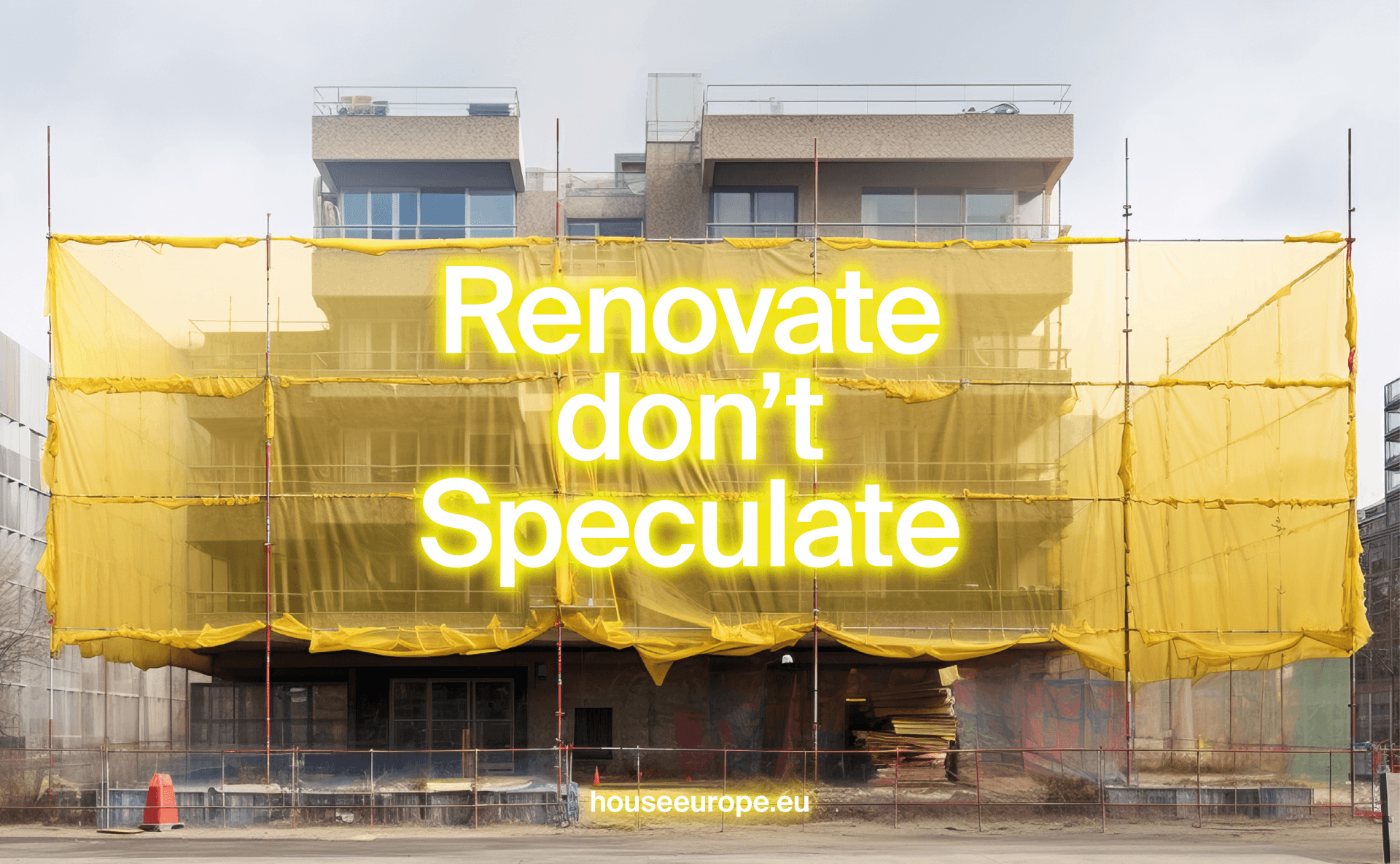
Renovate don't speculate. Photo: HouseEurope!

Opening Nature of Hope. Photo: Jacqueline Fuijkschot
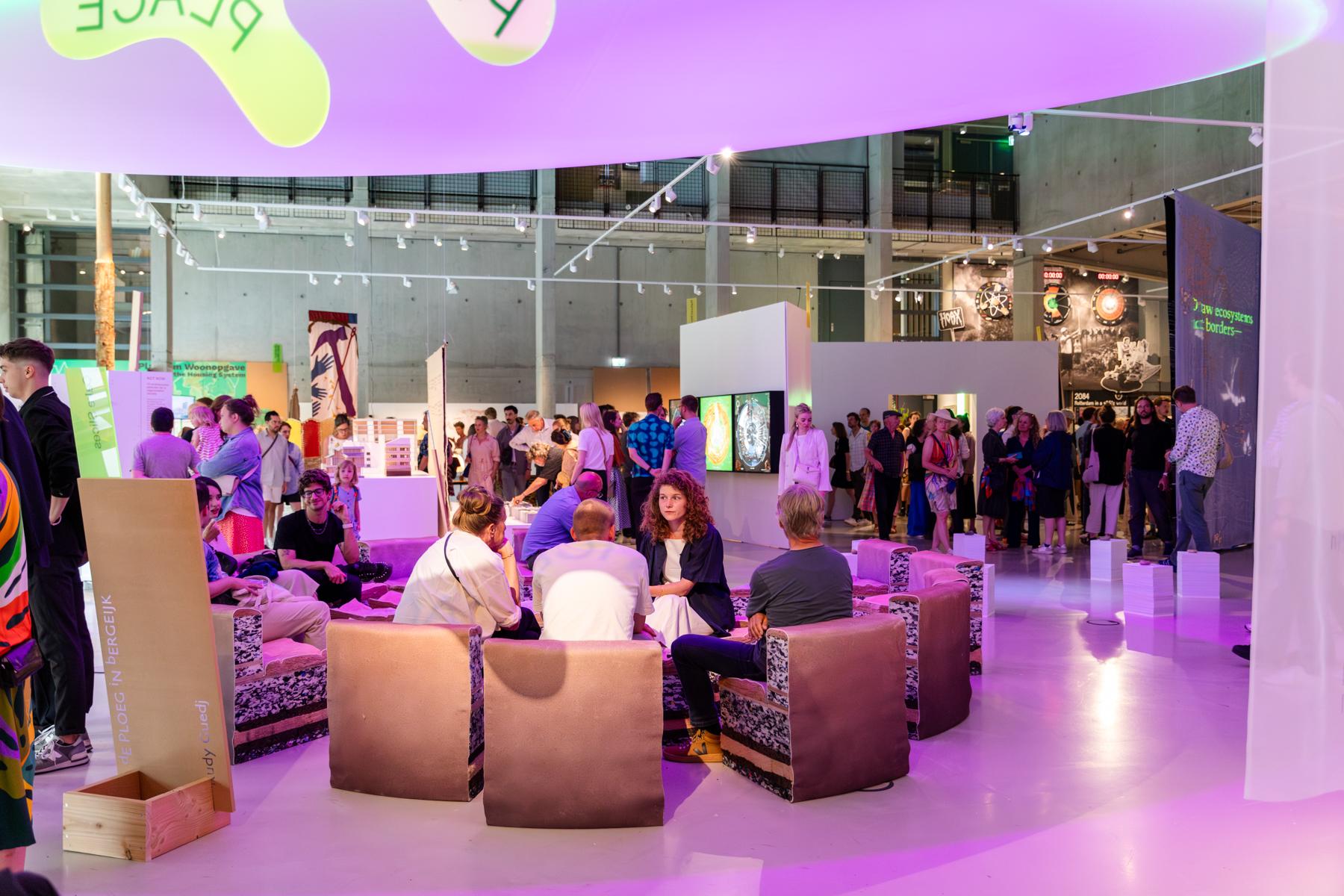
Opening Nature of Hope. Photo: Jacqueline Fuijkschot
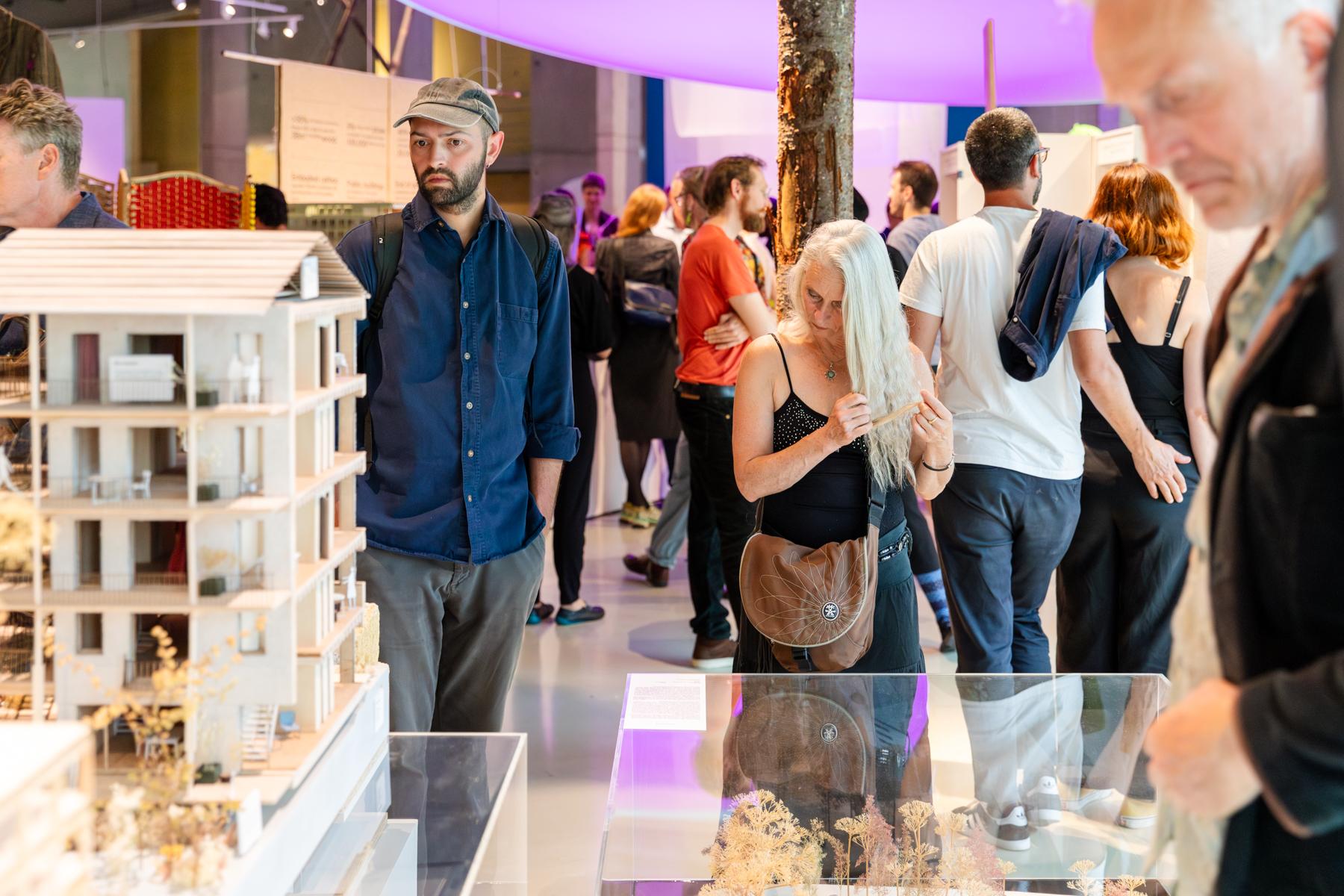
Opening Nature of Hope. Photo: Jacqueline Fuijkschot
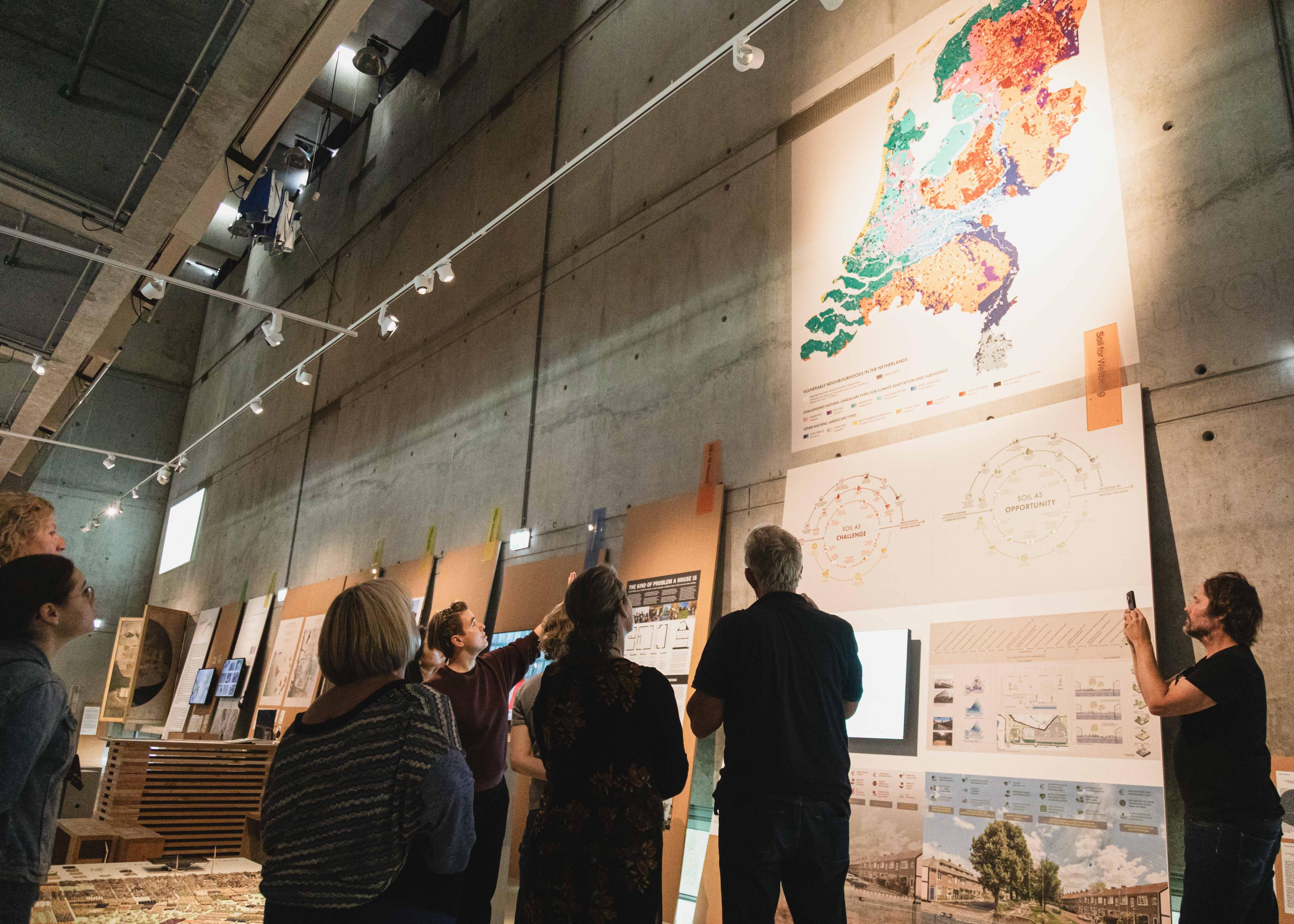
Curator tour Janna Bystrykh. Photo: Sabine van der Vooren
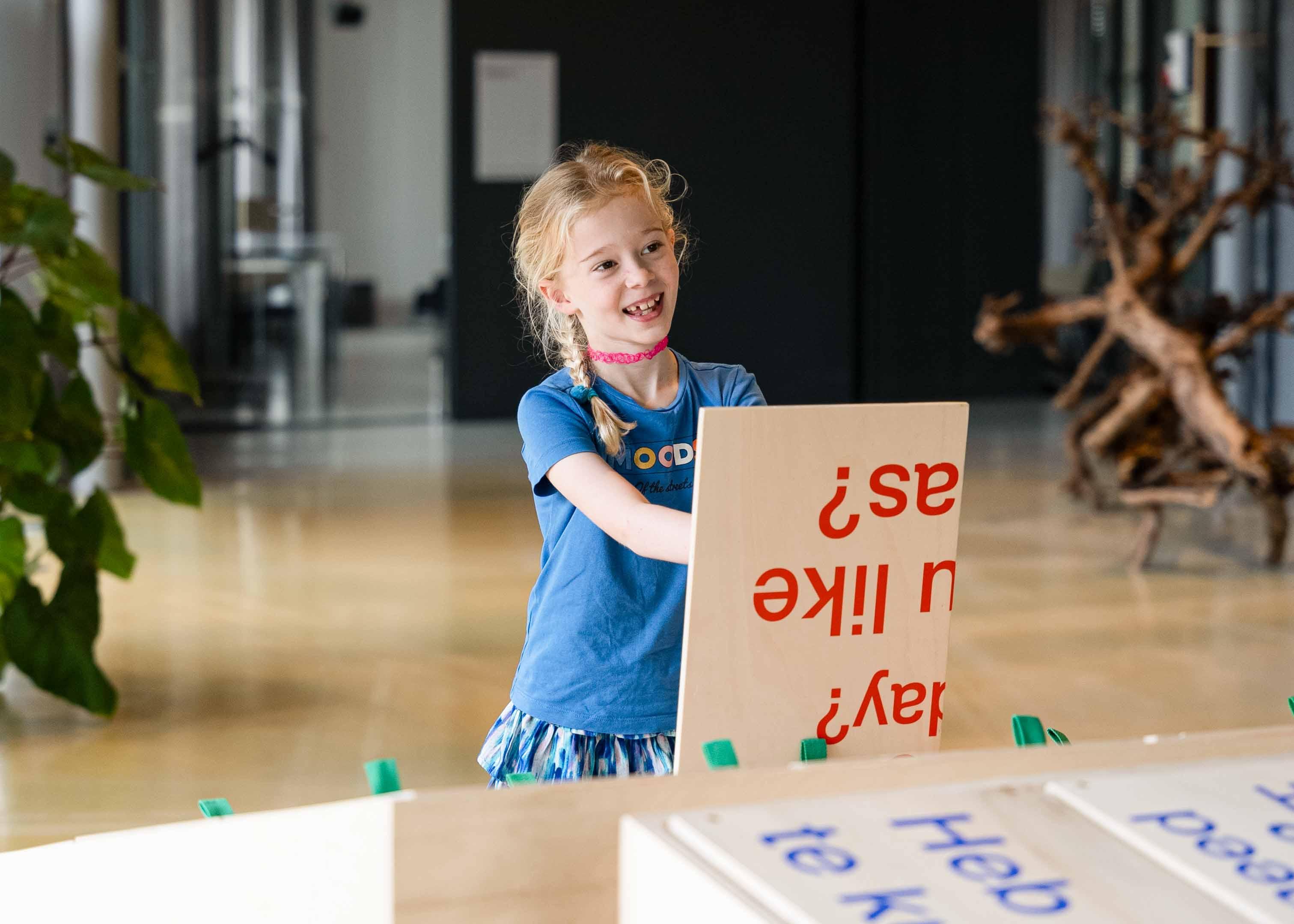
WonderBuildWeeks. Photo: Sabine van der Vooren

Jeux des Joules. Photo: Sabine van der Vooren
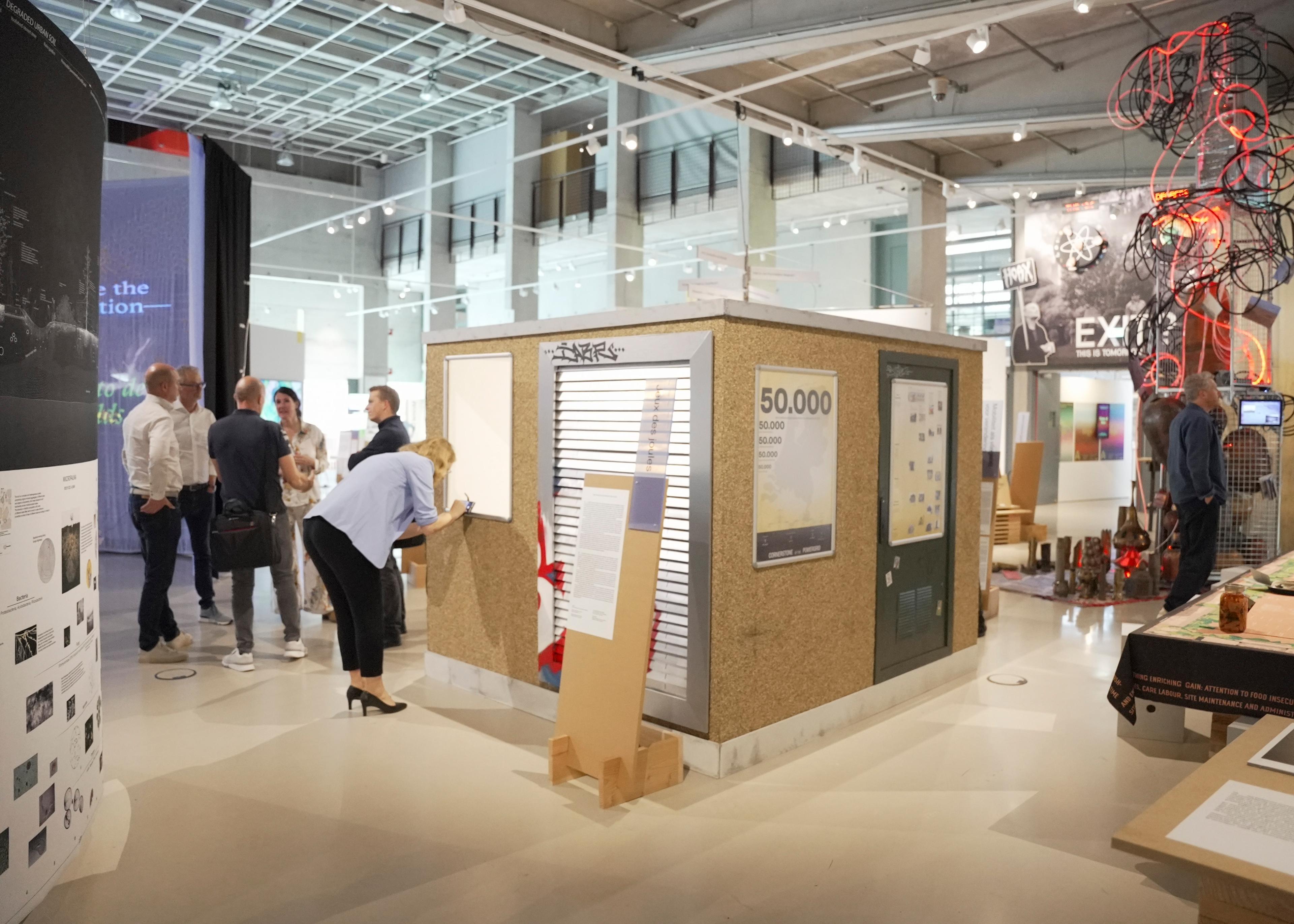
Jeux des Joules. Photo: Sabine van der Vooren
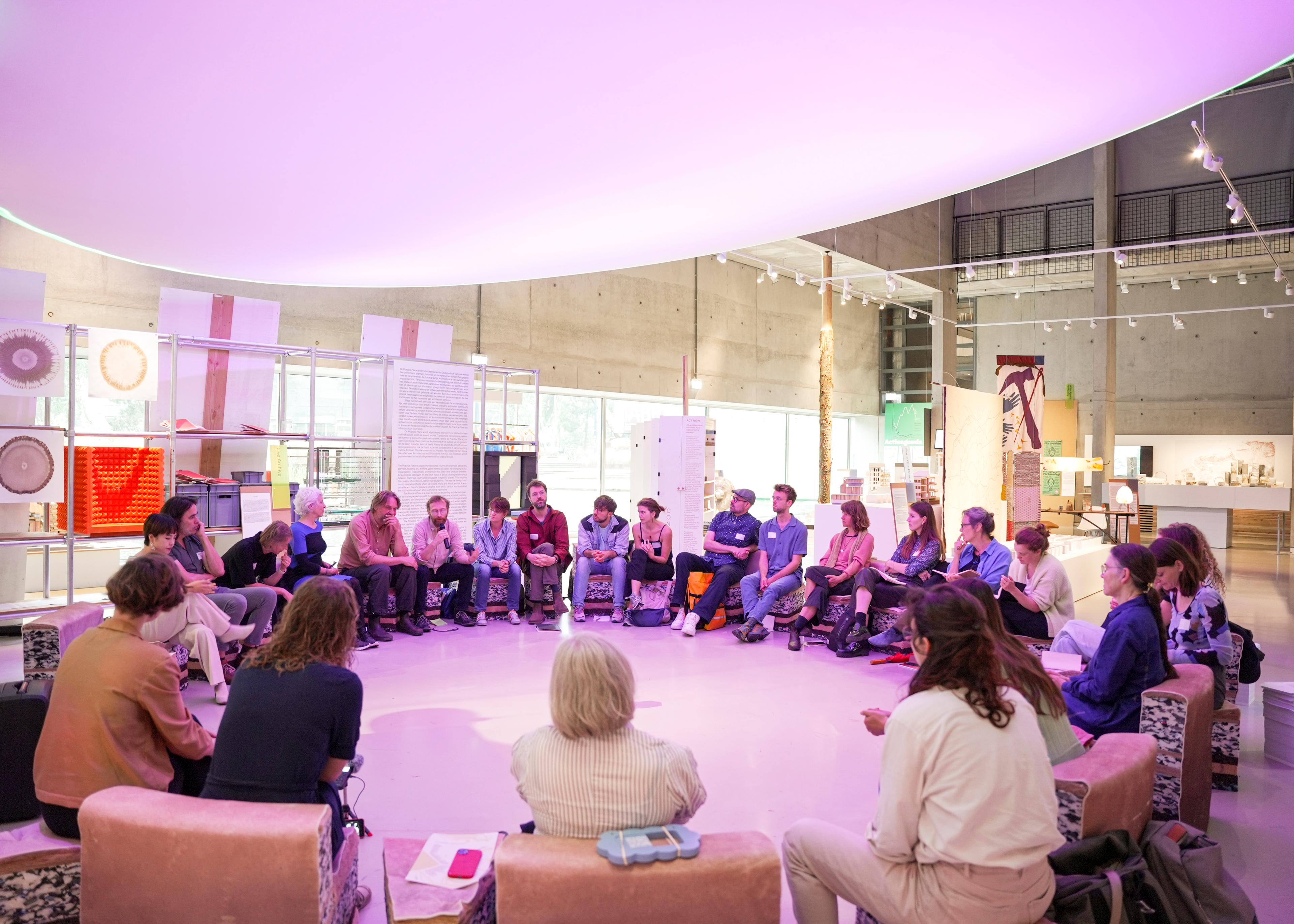
Practice Place. Photo: Sabine van der Vooren
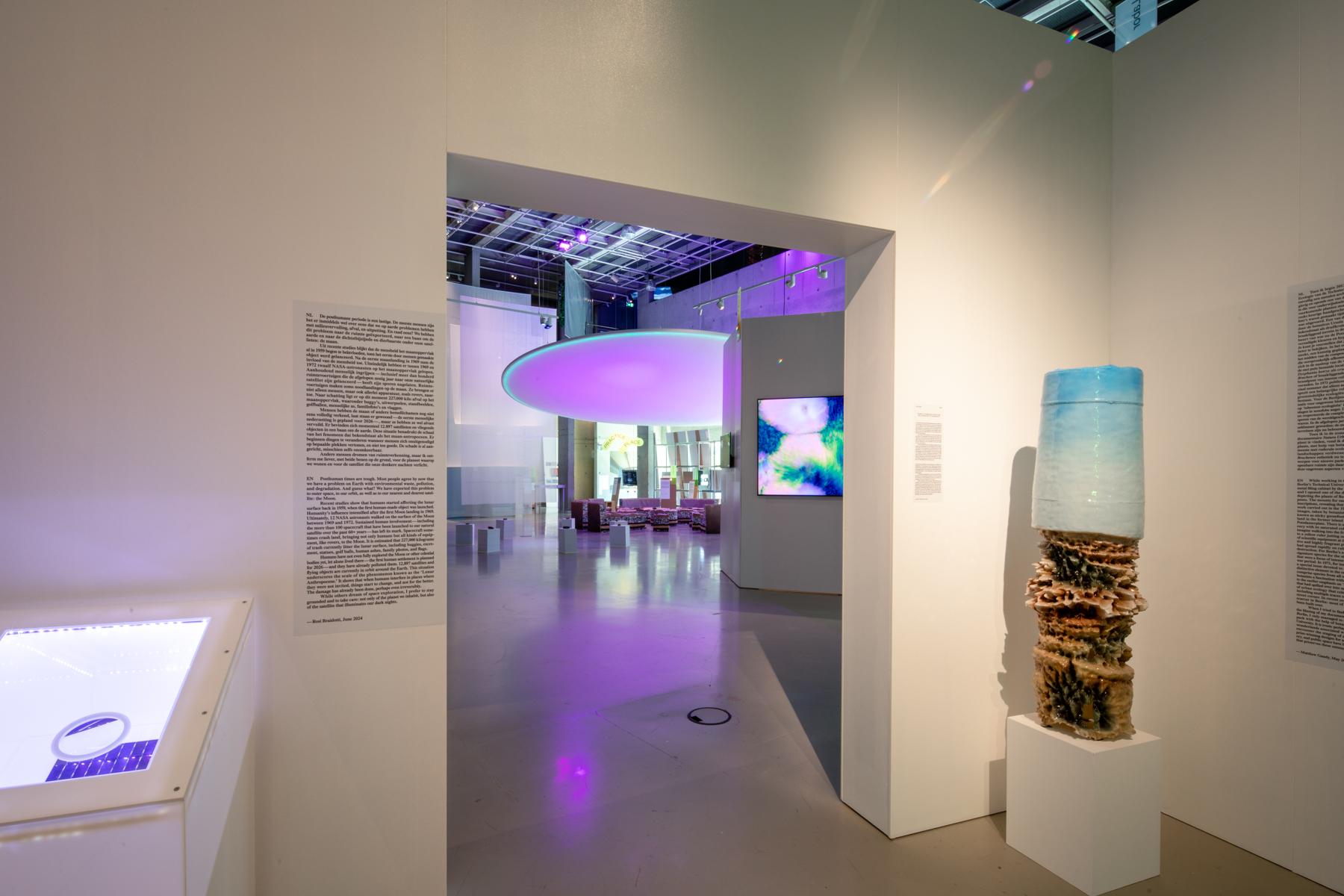
Tentoonstelling. Foto: Jacqueline Fuijkschot
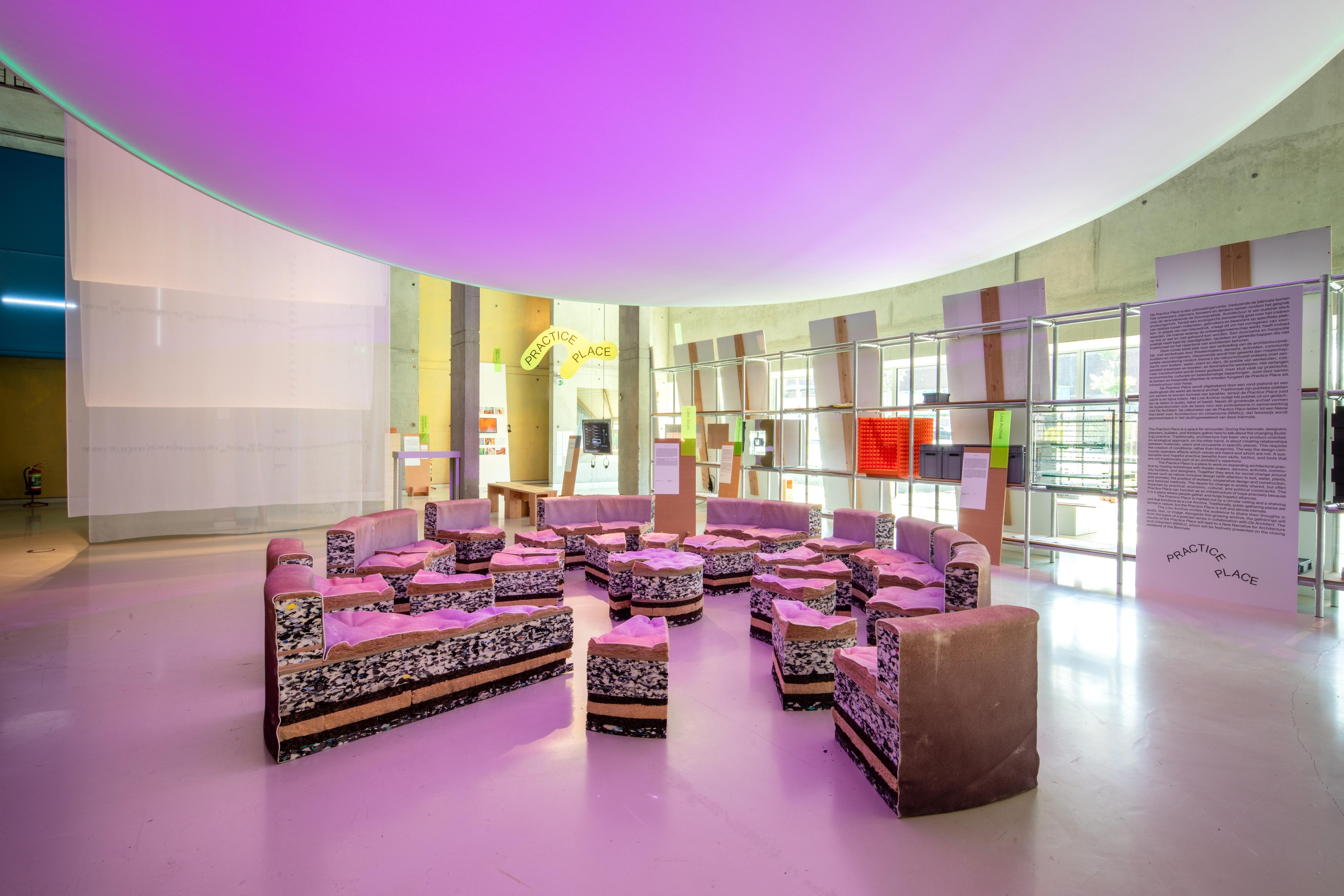
Cake slices by Théo Demans & Clemence Seilles. Photo: Jacqueline Fuijkschot

Live Archive by meta office. Photo: Jacqueline Fuijkschot
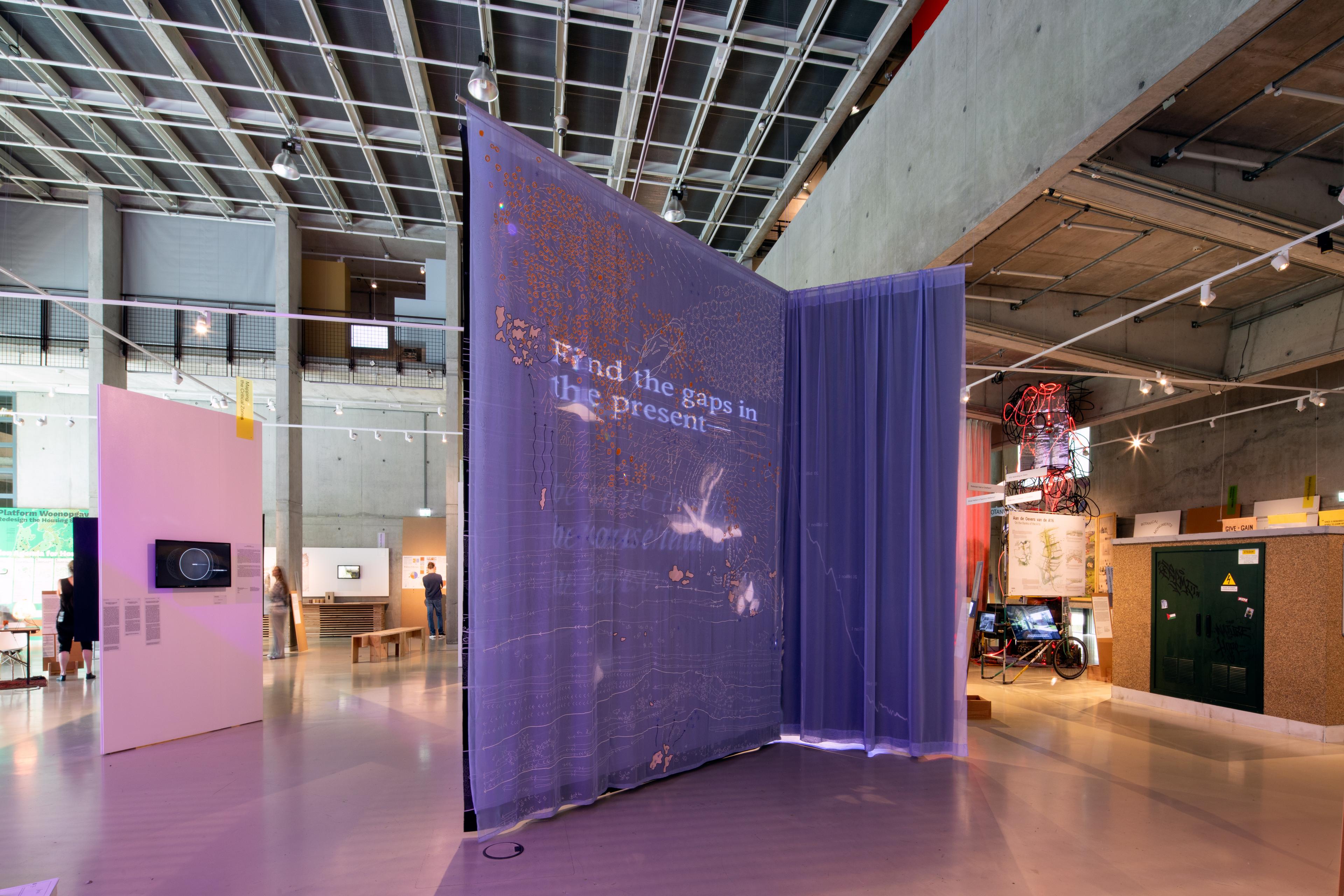
Mould by Architecture is Climate. Photo: Jacqueline Fuijkschot
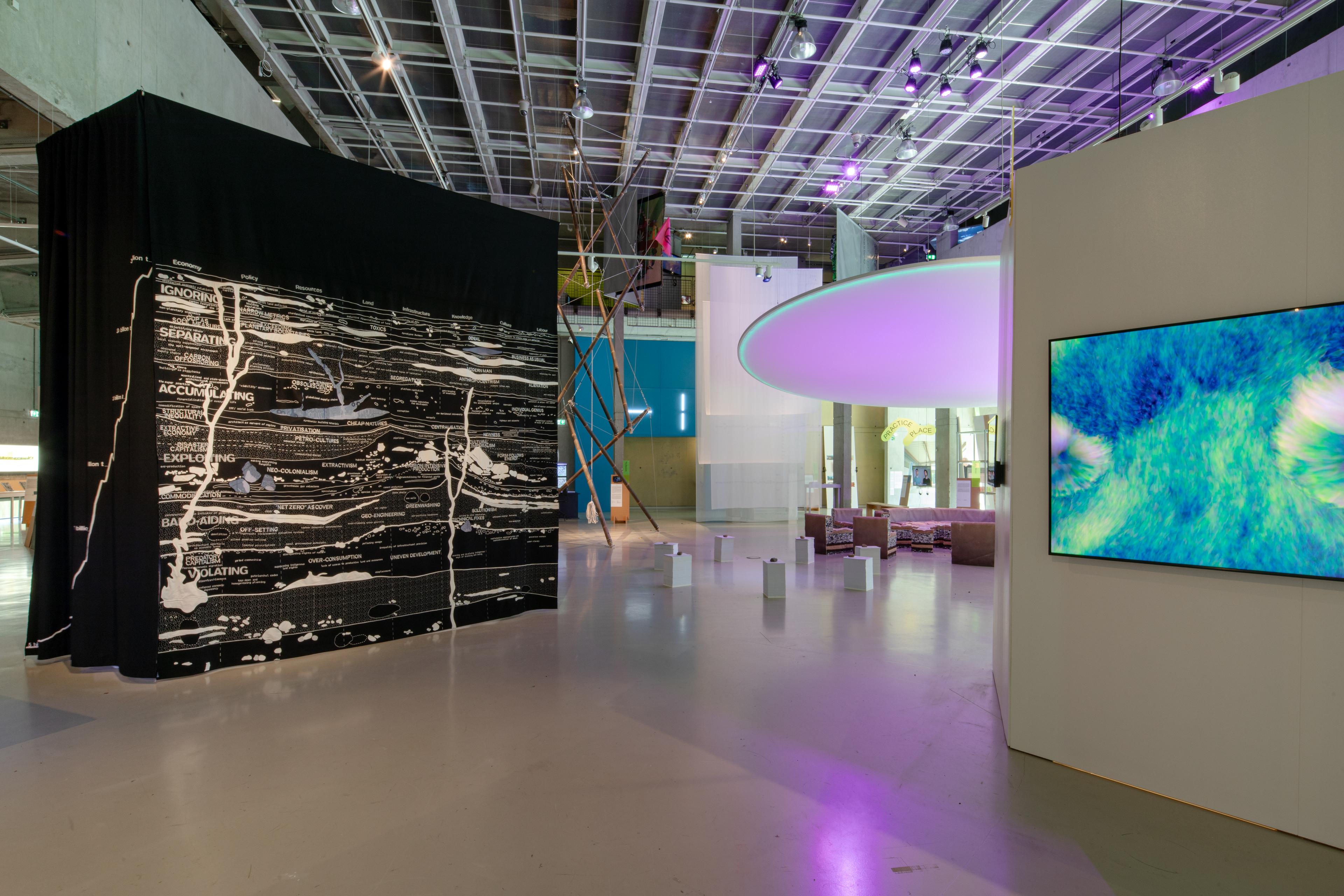
Exhibition. Photo: Jacqueline Fuijkschot
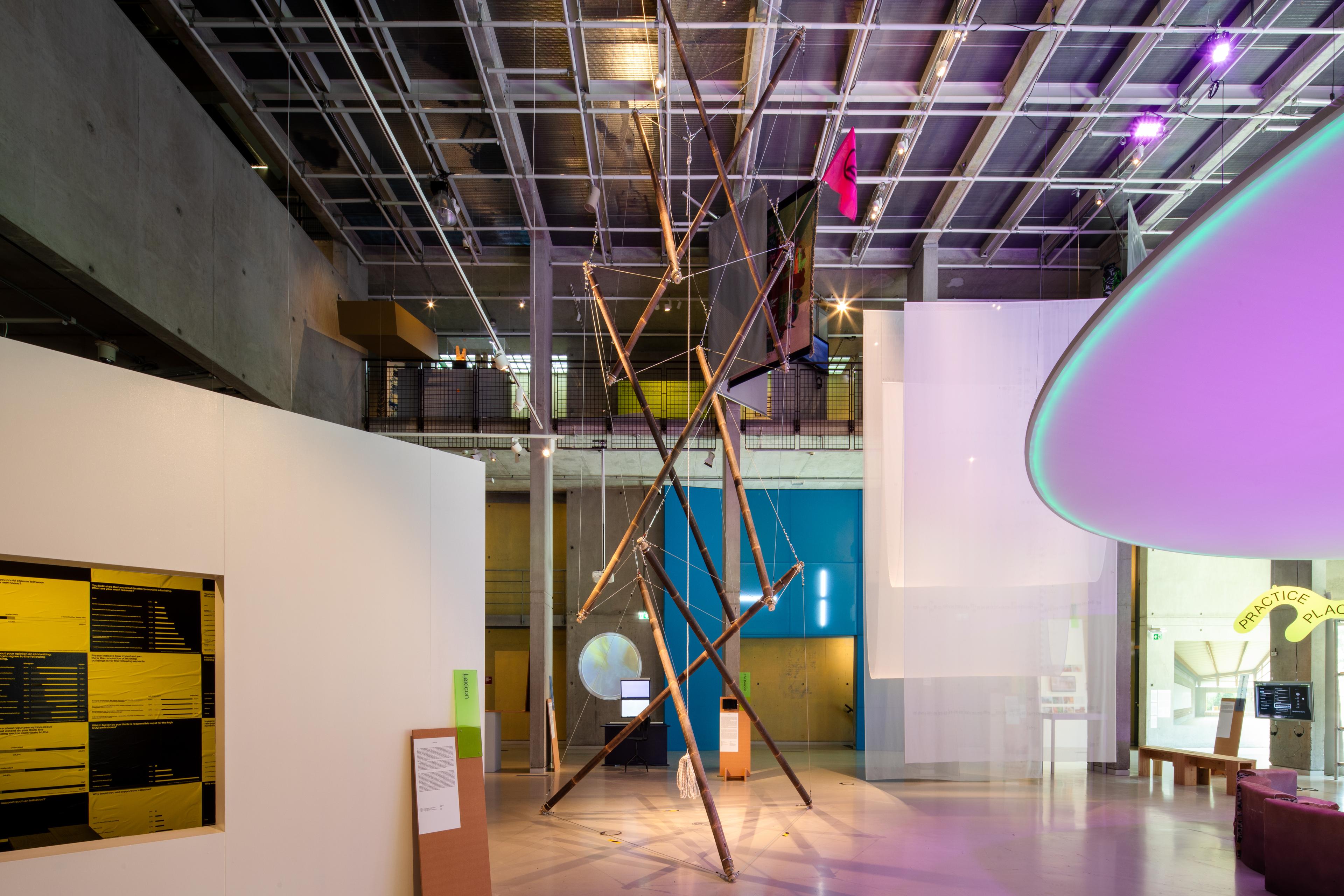
The Beacon by Extinction Rebellion UK. Photo: Jacqueline Fuijkschot
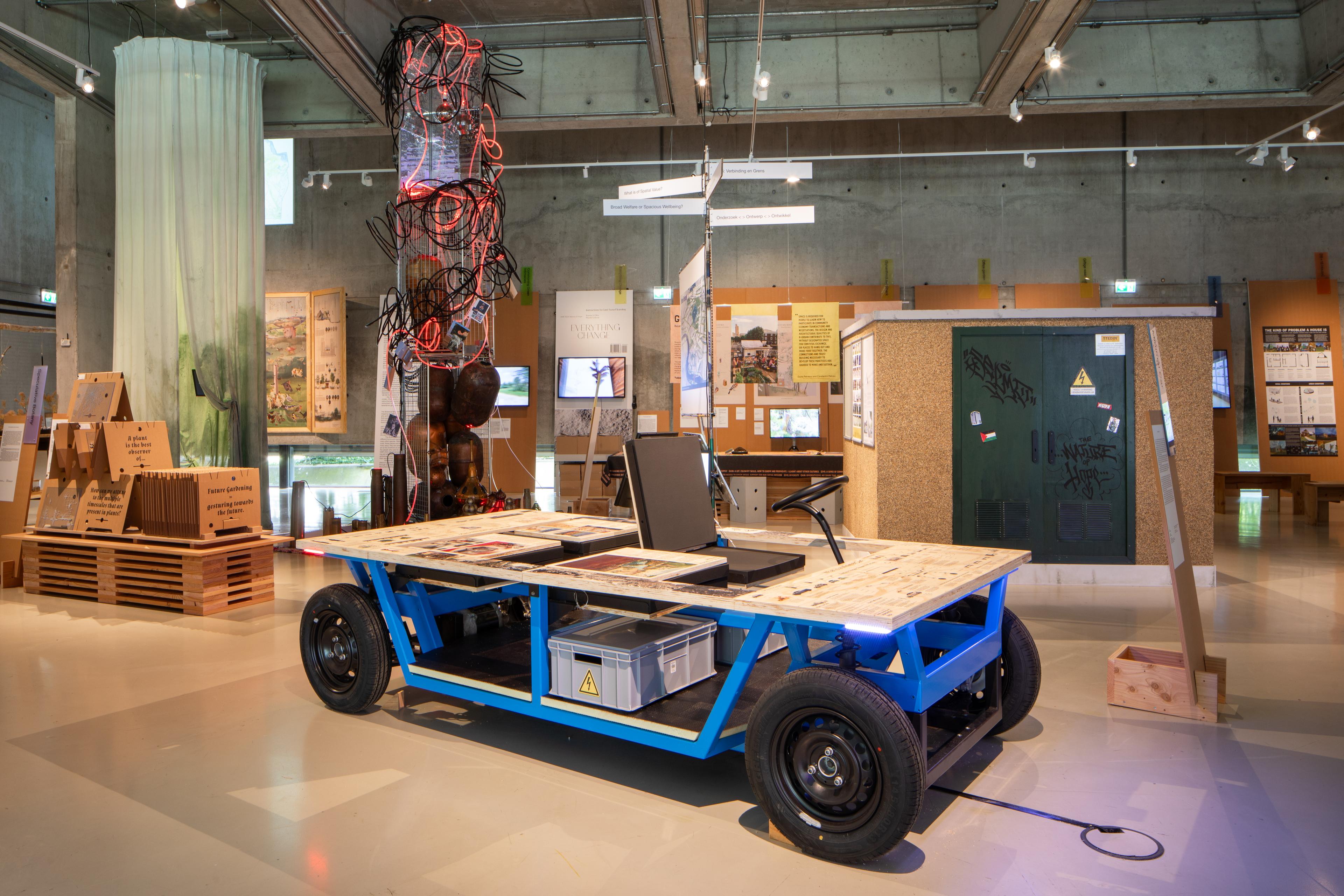
Voiture Minimum by Barend Koolhaas in collaboration with Springtime Design, PosadMaxwan, Matthijs van Dijk (TU Delft), Lab of Thought, Derk Loorbach, John Kormeling, Eduard Zanen (Holland Composites), Creatrix Engineering. Photo: Jacqueline Fuijkschot
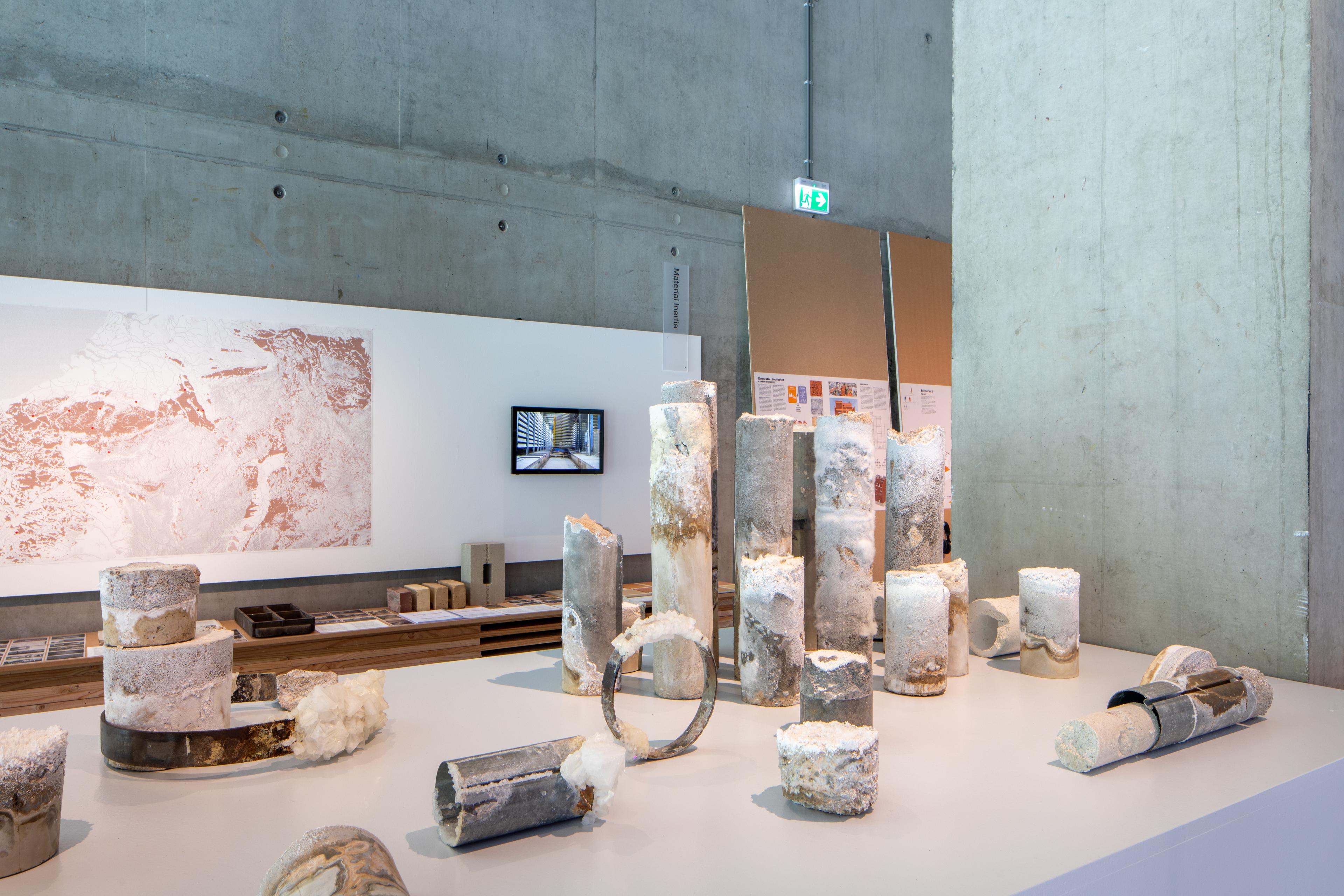
Regained by Laura Ajola. Photo: Jacqueline Fuijkschot
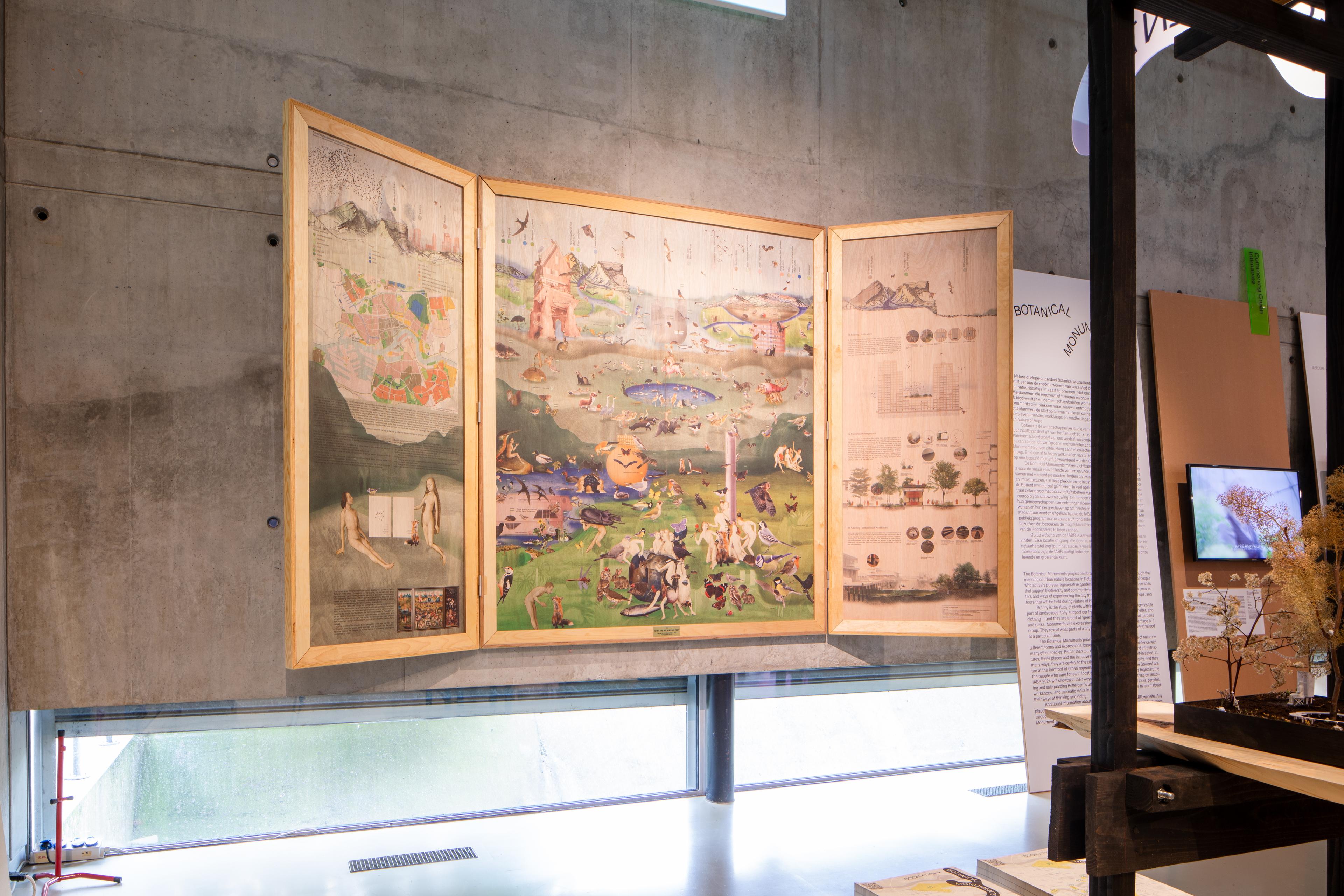
Waar wachten we op? En in de toekomst zullen ze vragen 'hoe hebben ze dat gedaan'? door DS landschapsarchitecten in collaboration with De Urbanisten, De Dakdokters, H+N+S Landscape Architects, Buiting advies, City of Rotterdam. Photo: Jacqueline Fuijkschot
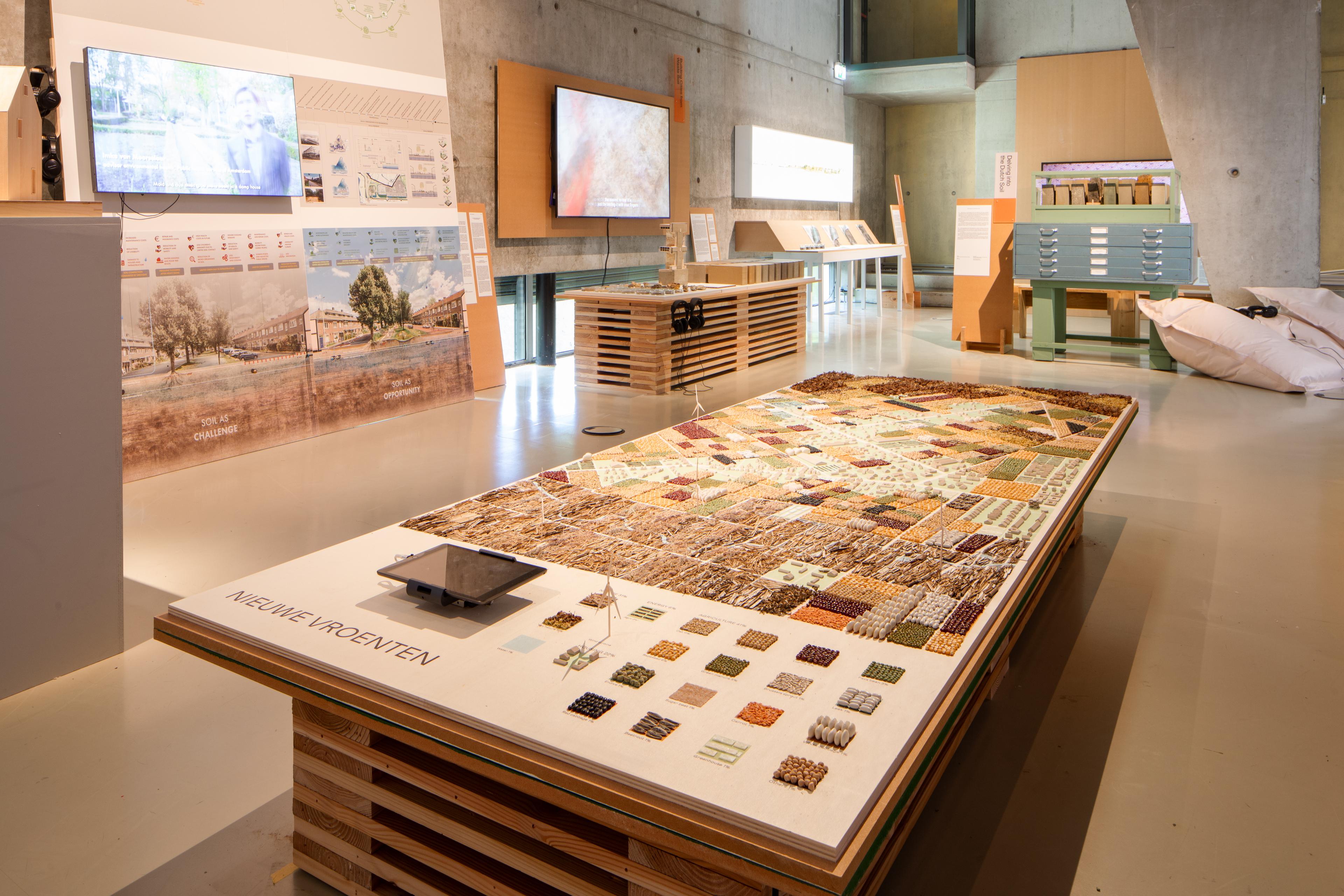
Nieuwe Vroenten by Team Nieuwe Vroenten. Photo: Jacqueline Fuijkschot
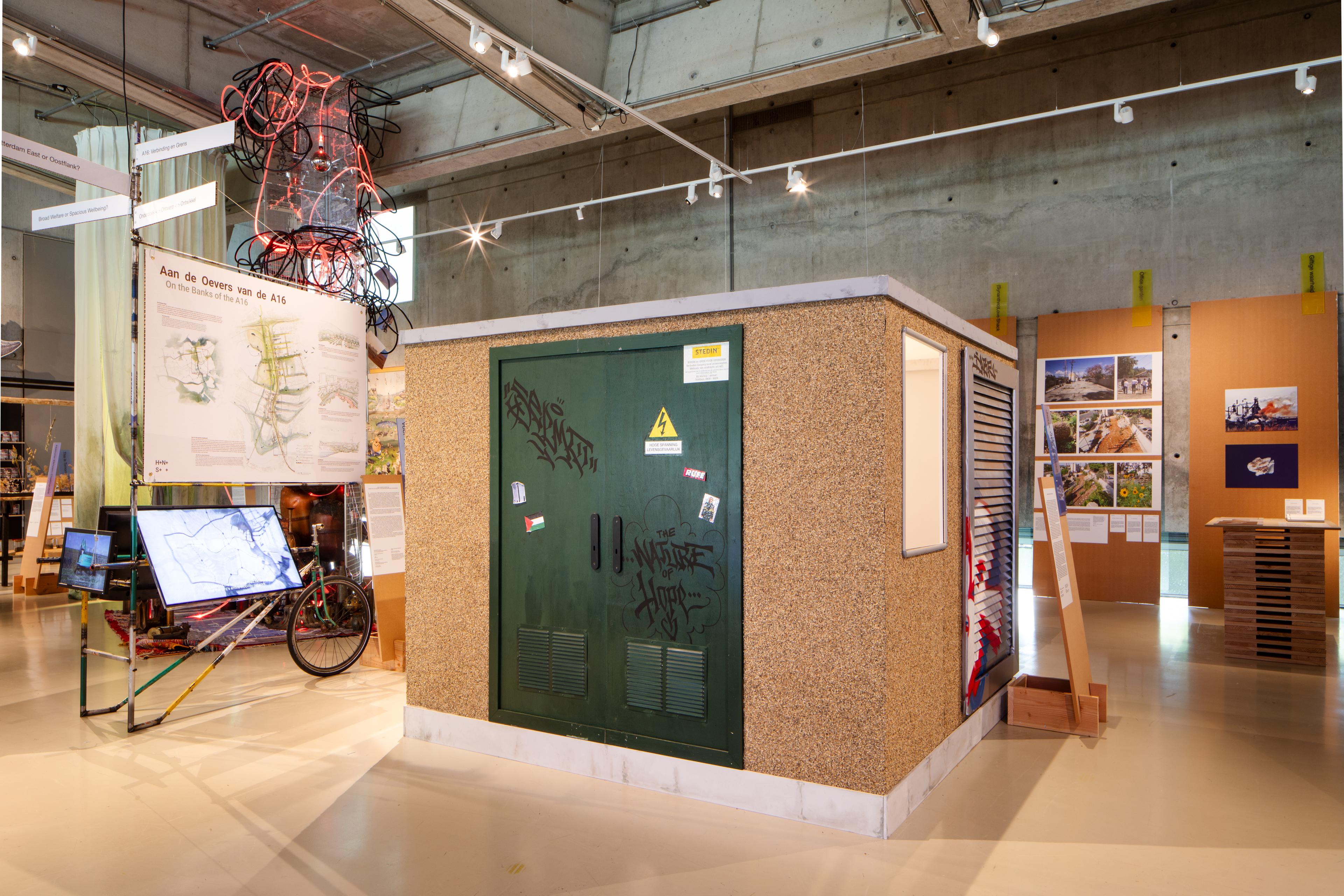
Transitieatelier. Photo: Jacqueline Fuijkschot
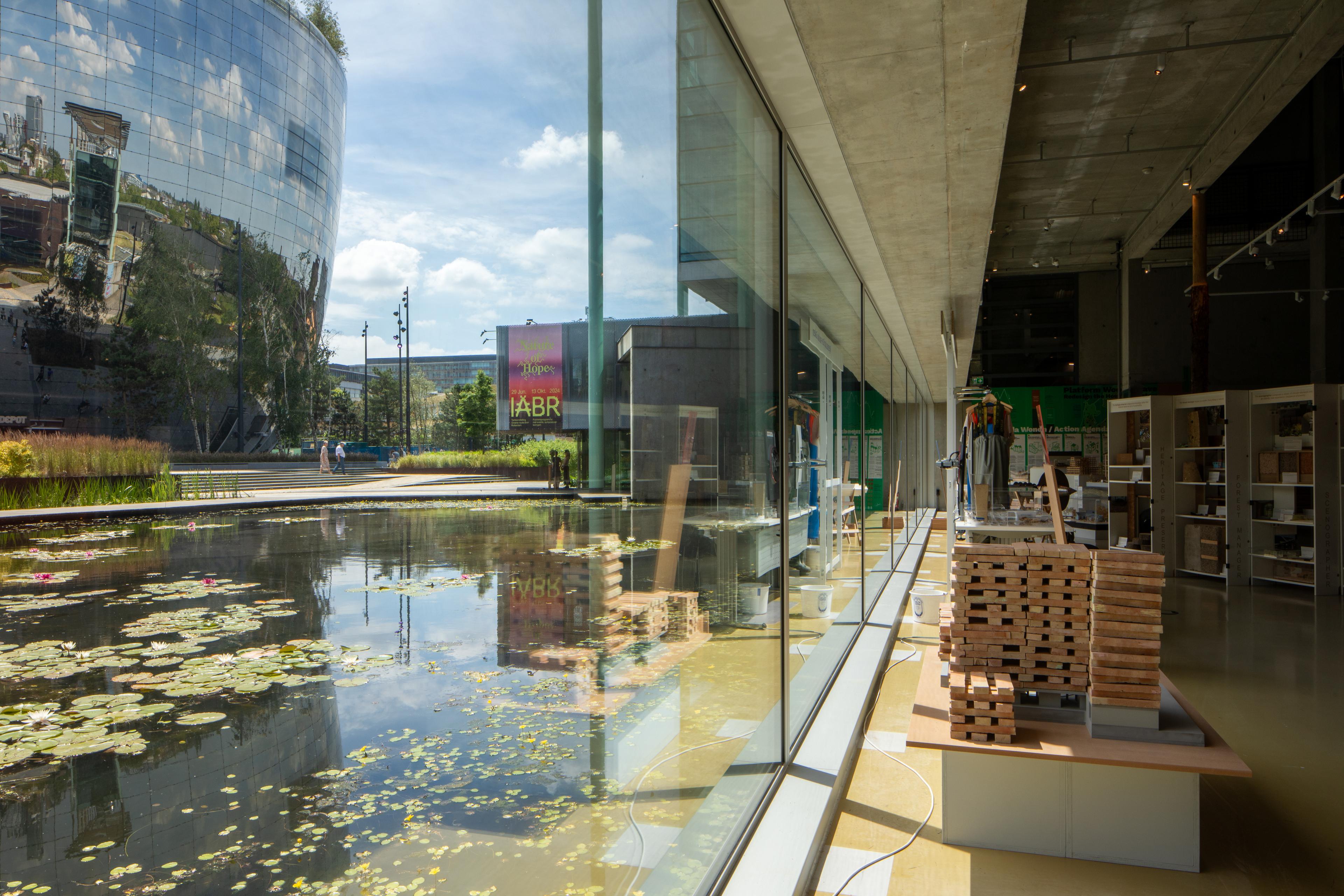
Exhibition. Photo: Jacqueline Fuijkschot
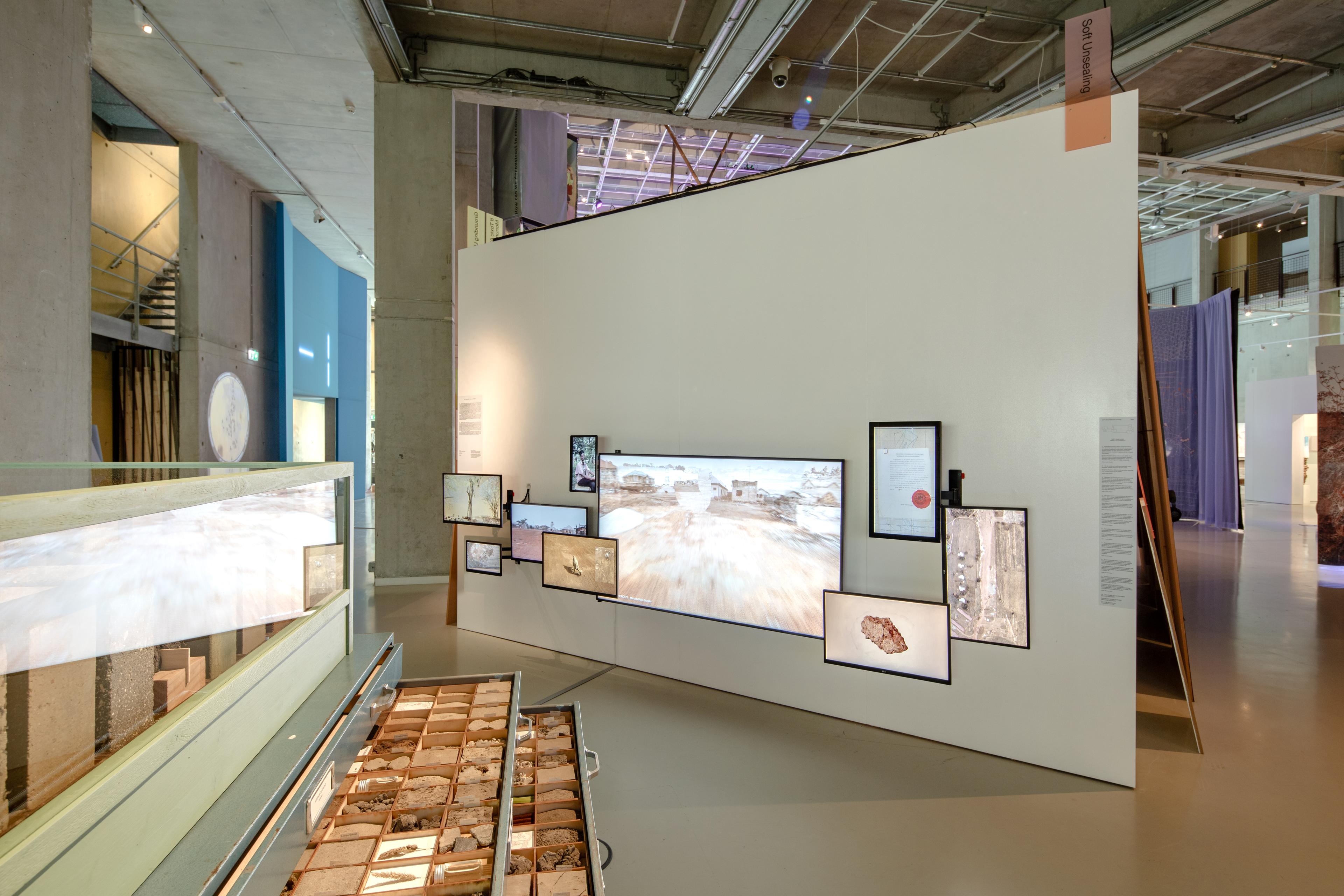
Soft Unsealing: Tamale Old Airfield by [APPLIED] FOREIGN AFFAIRS. Photo: Jacqueline Fuijkschot
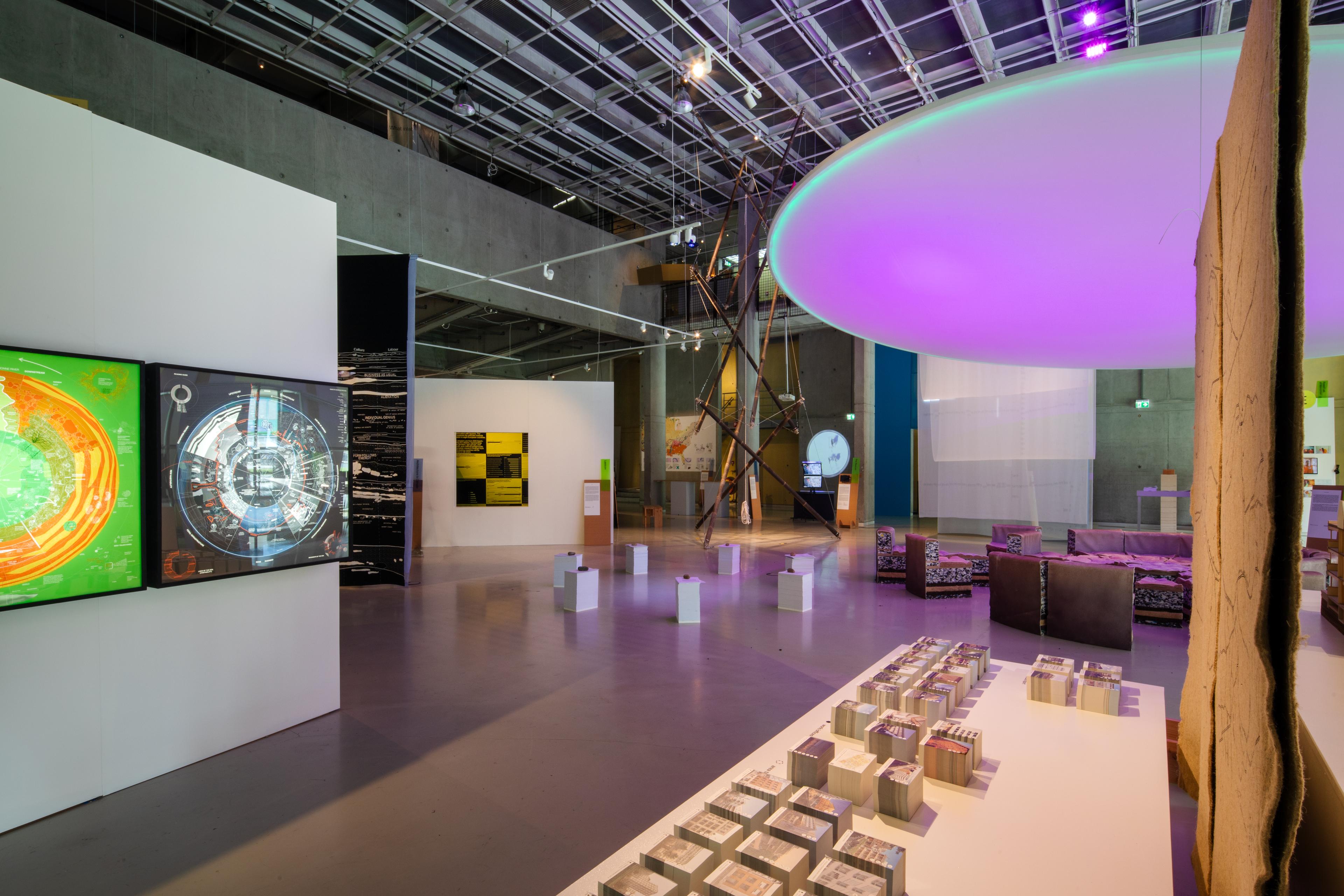
Exhibition. Photo: Jacqueline Fuijkschot

eco-systeem-dienst-plicht by–zee –plaats –werk –land (Studio Ester van de Wiel & Studio Joost Adriaanse) Photo: Jacqueline Fuijkschot
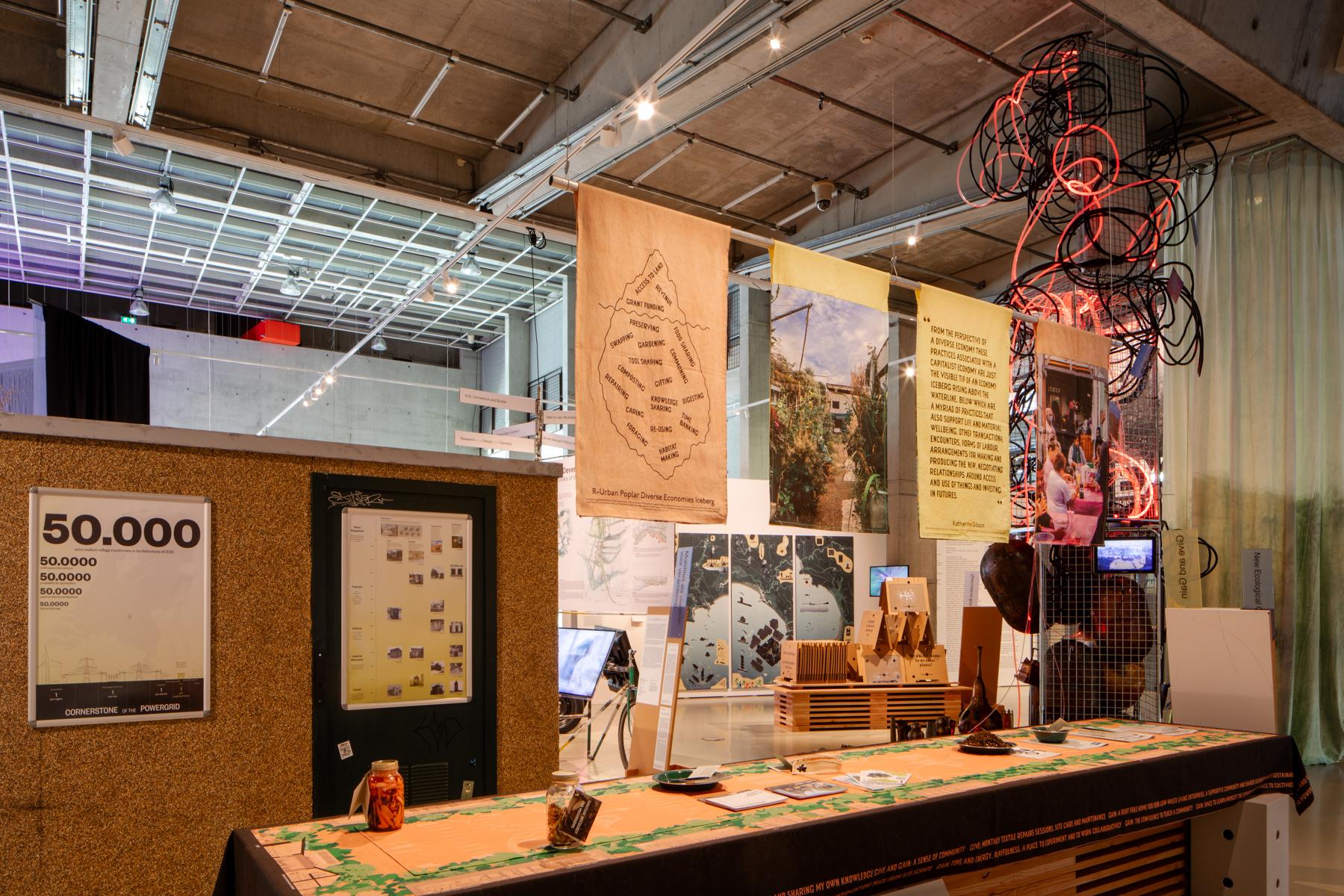
Tentoonstelling. Foto: Jacqueline Fuijkschot
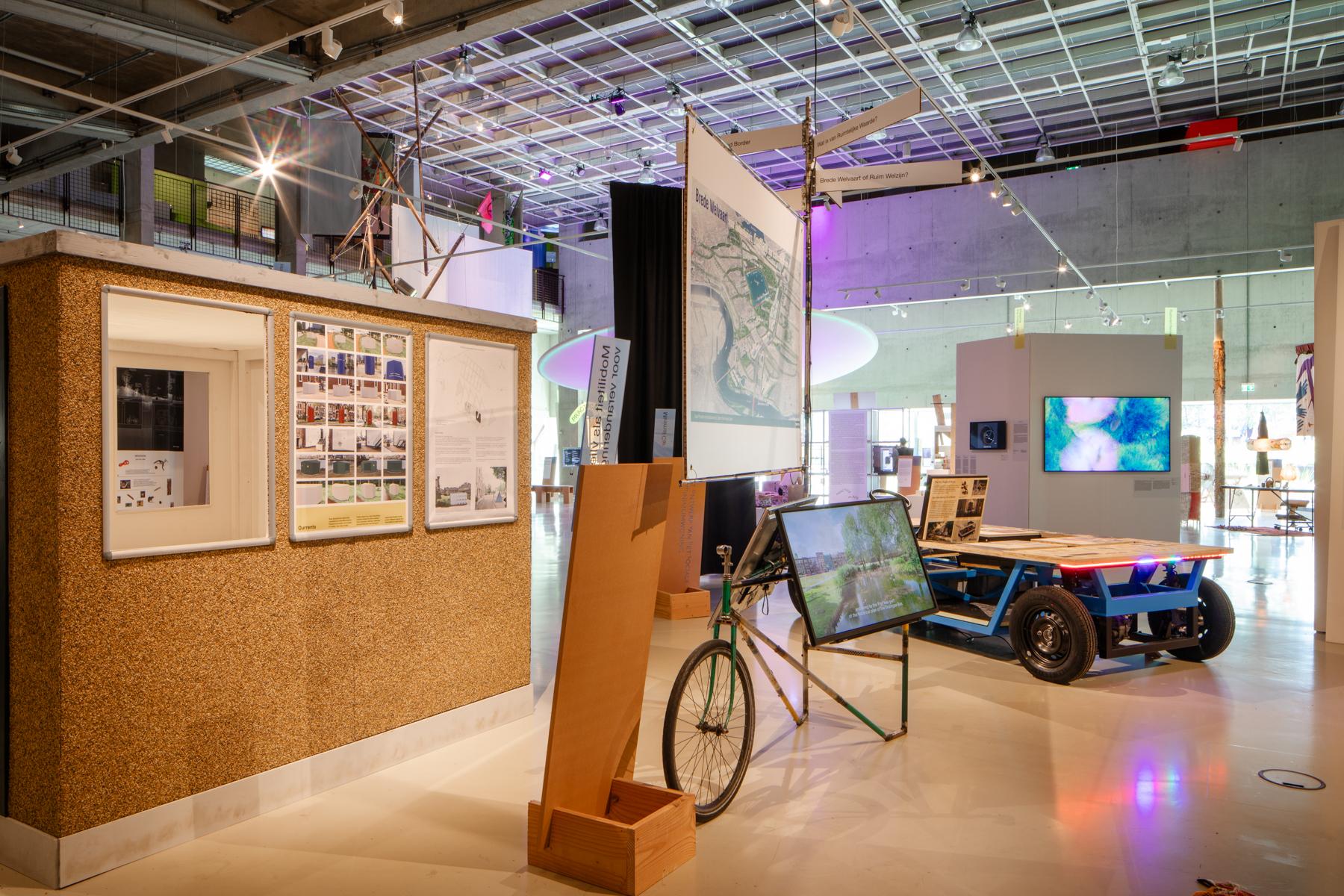
Tentoonstelling. Foto: Jacqueline Fuijkschot
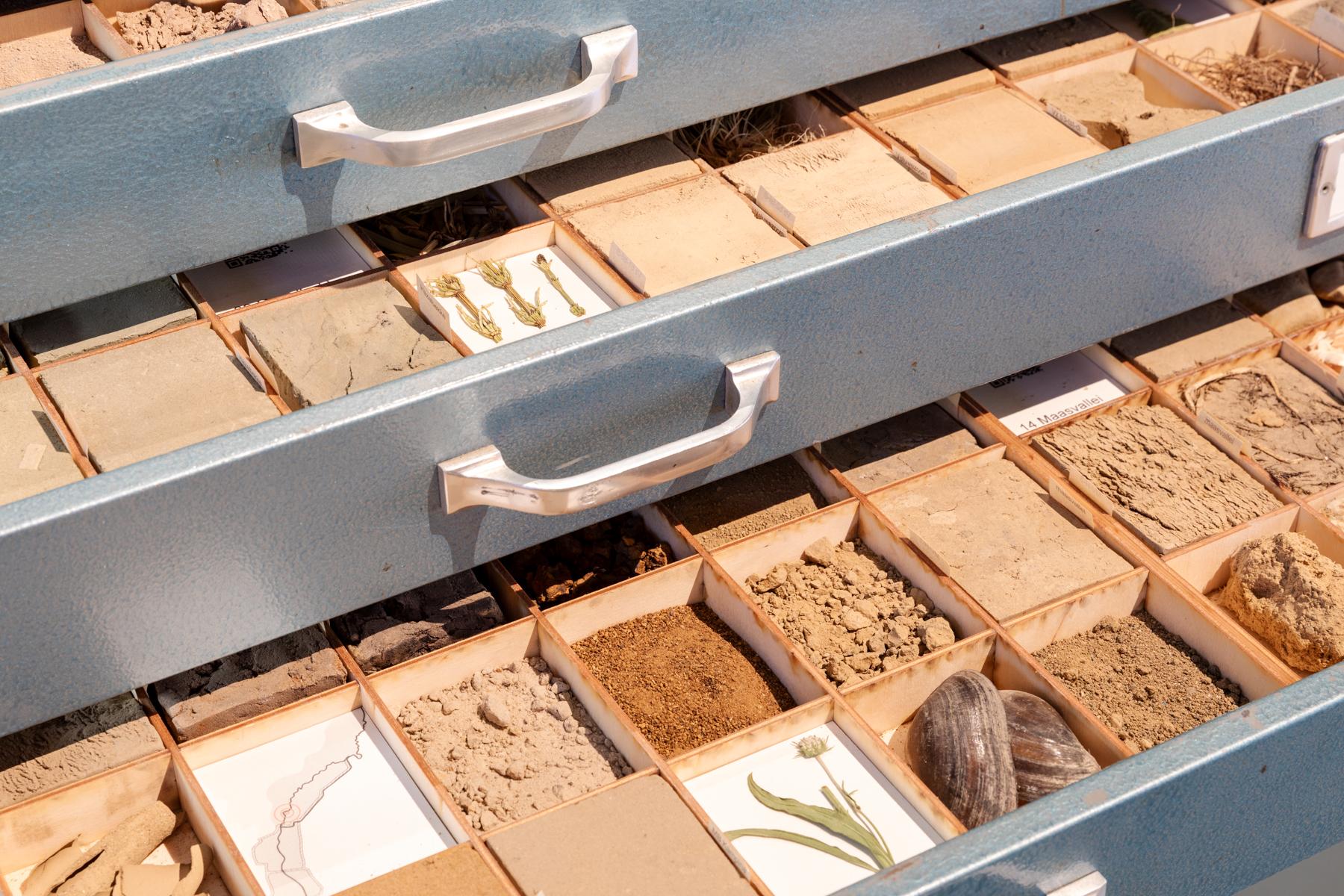
Delving into the Dutch Soil by CHRITH architects & Studio Stephan Schagen. Photo: Jacqueline Fuijkschot
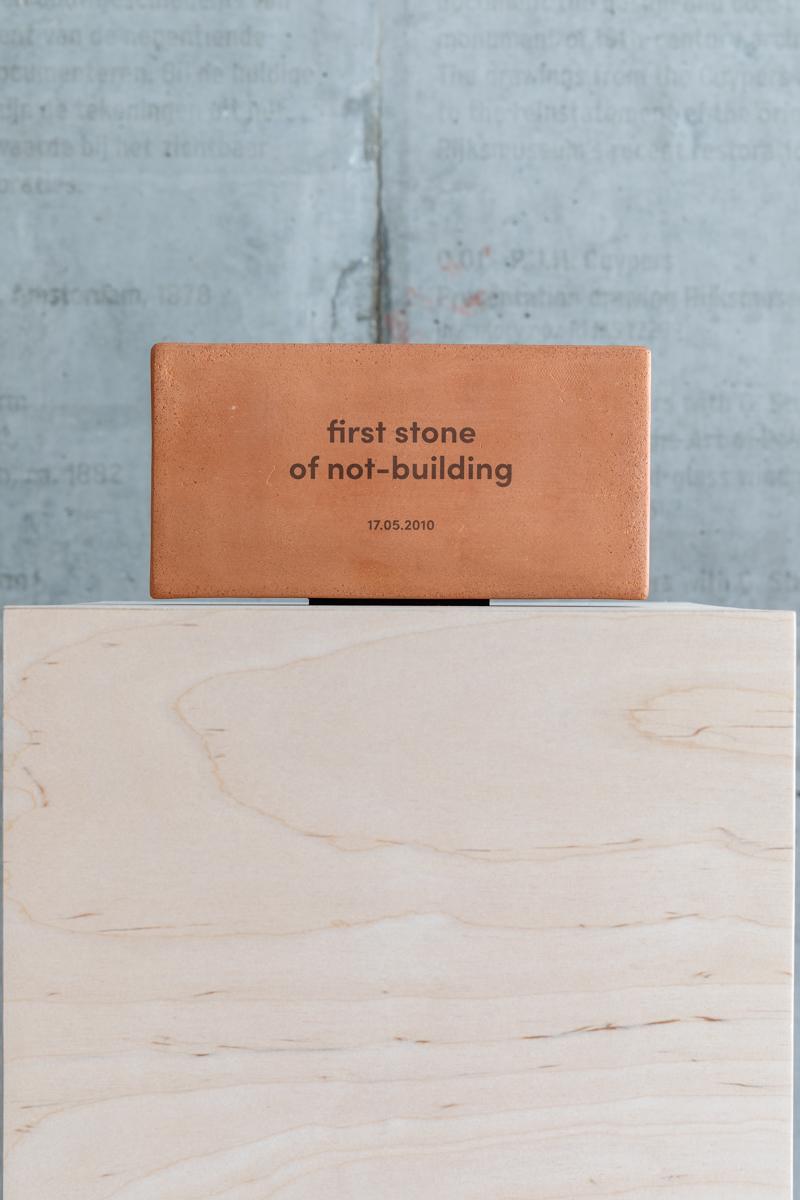
The First Stone of Not-Building by RE-ST. Photo: Jacqueline Fuijkschot
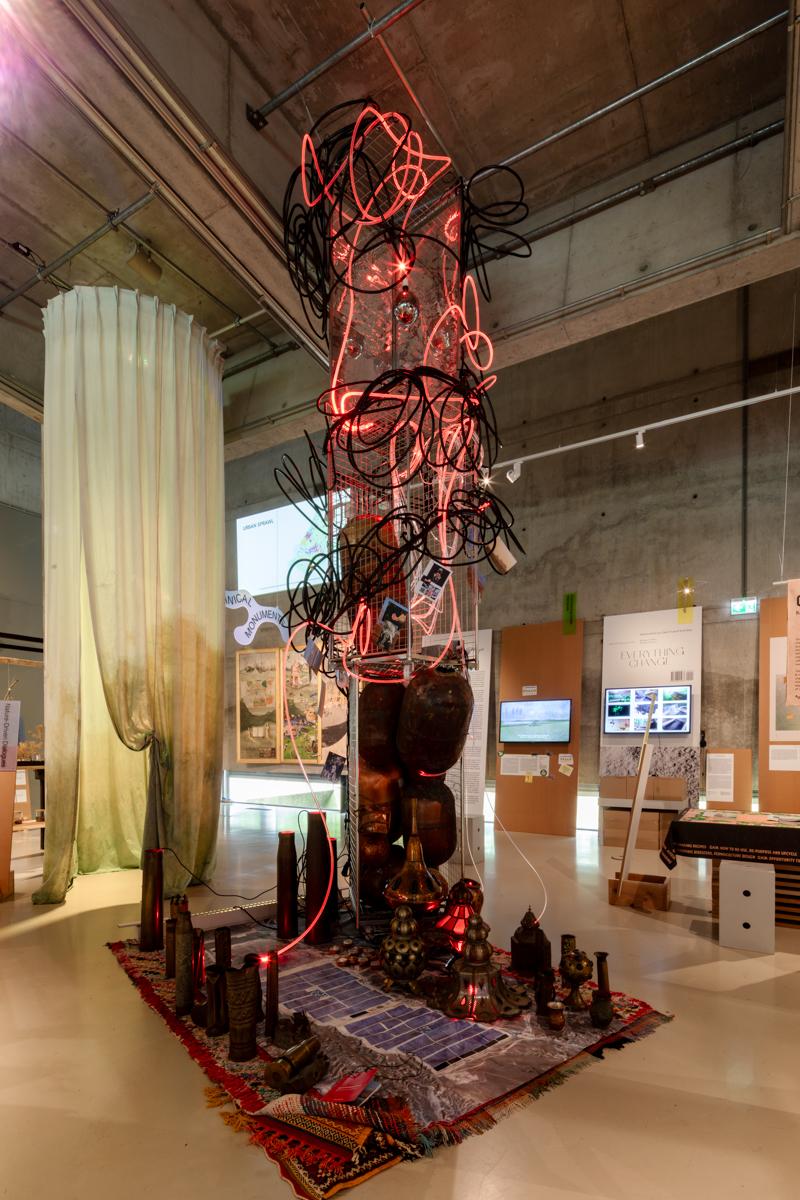
The New Ecological Order: Transformation of Nature in North Africa due to the European Energy Transition by Lesia Topolnyk (Studio Space Station). Photo: Jacqueline Fuijkschot

This Is Tomorrow: Rotterdam in a +2.5 ºC World by Independent School for the City. Photo: Jacqueline Fuijkschot
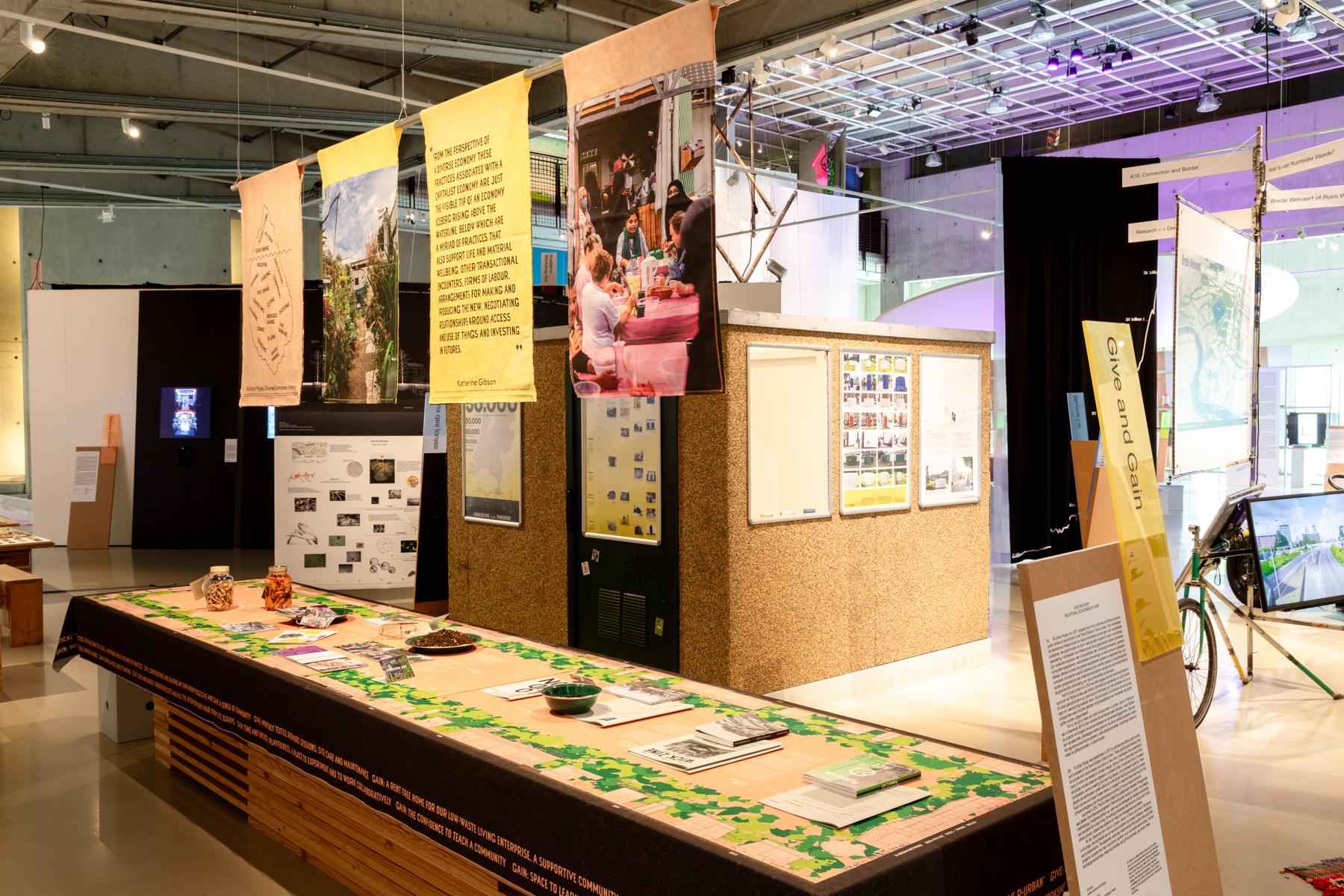
Give and Gain: Relational Economies of Care by public works and R-Urban. Photo: Jacqueline Fuijkschot
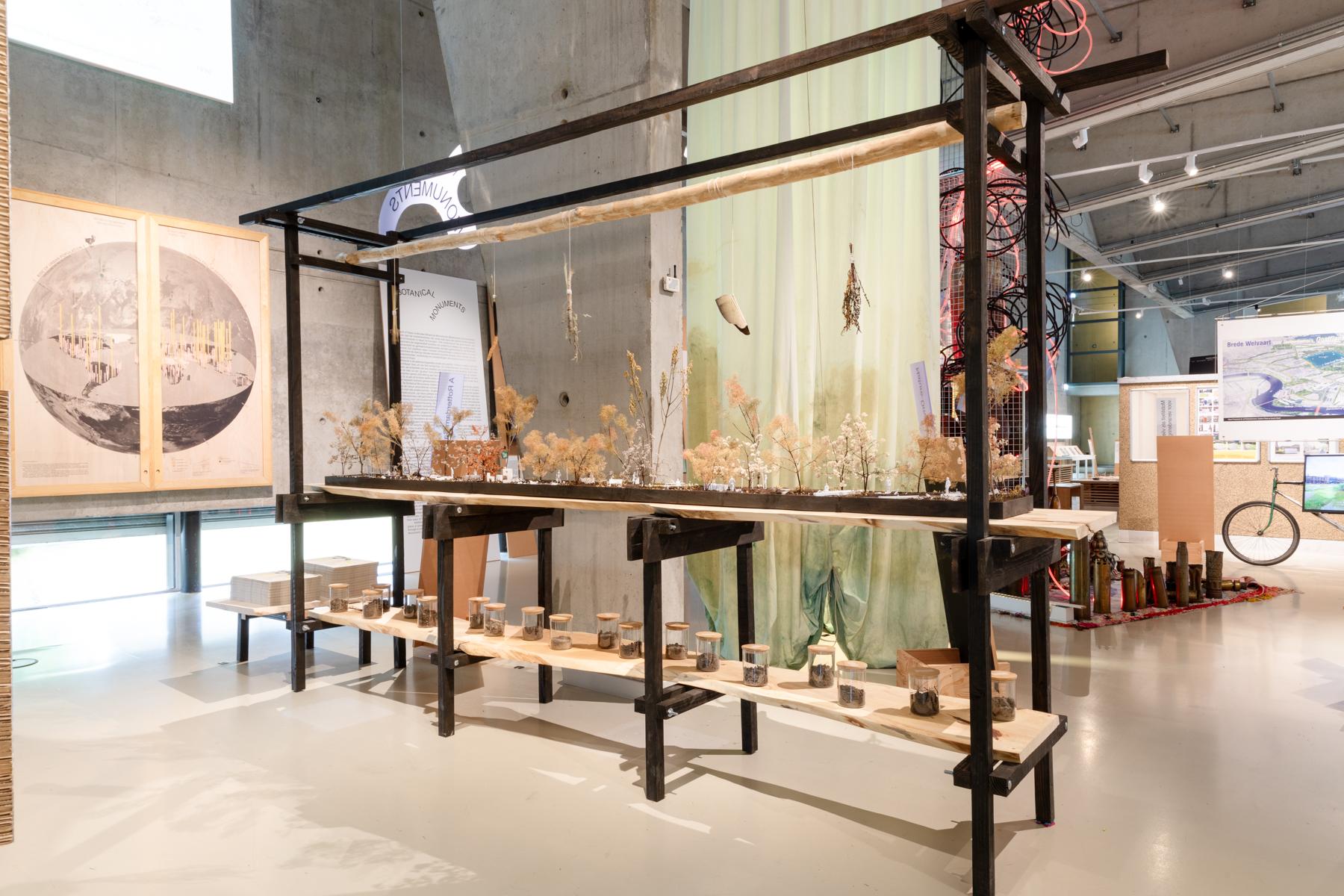
A Rotterdam Cabinet by Studio ACTE. Photo: Jacqueline Fuijkschot

Botanische tuin Afrikaanderwijk. Photo: Sabine van der Vooren